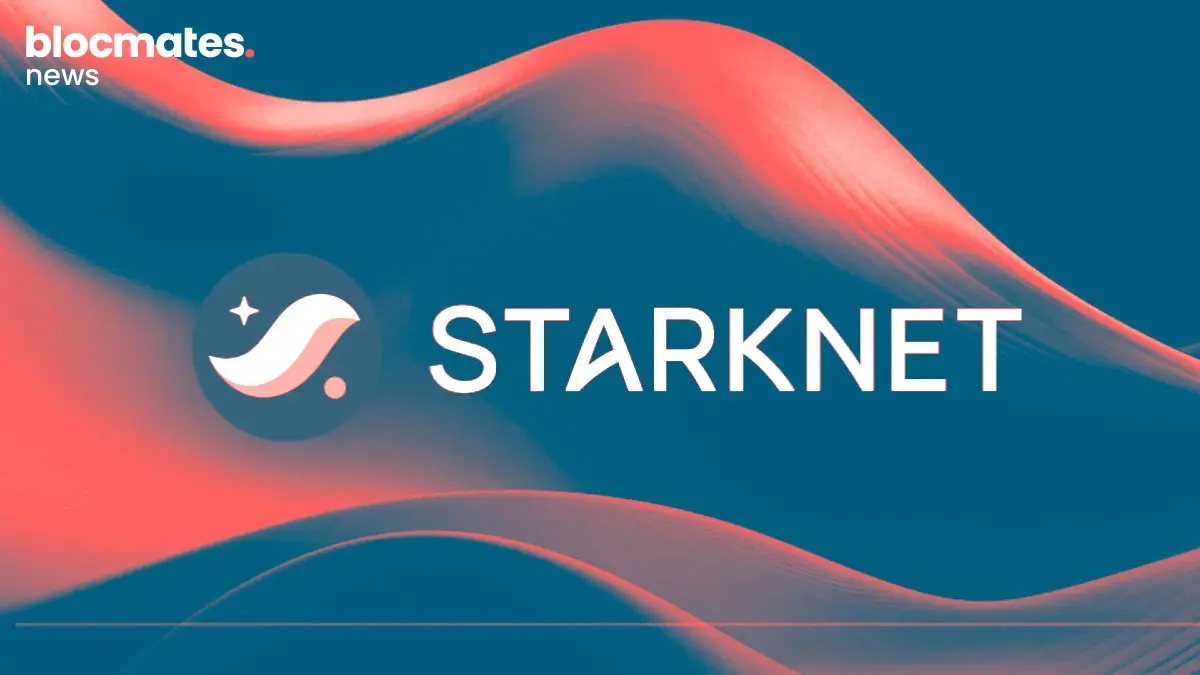Stablecoins have become the backbone of many crypto ecosystems, and it’s no surprise Hyperliquid is making its move to launch one of its own.
The decentralized trading platform, known for its onchain order book and community-first design, has reserved the ticker USDH for a native stablecoin. But instead of building it in-house, Hyperliquid is letting the community decide who gets to issue it, and the competition is already heating up.
The bidders step in
So far, three heavyweights, Paxos, Frax Finance, and Agora, have officially submitted proposals, alongside a others including Native Markets.
Each bidder is making a case not only for technical soundness and compliance but also for how much of the stablecoin’s revenue they’re willing to pass back into Hyperliquid’s ecosystem.
Paxos, an established name in the stablecoin world, is pitching through its Paxos Labs division.
Their plan includes MiCA and GENIUS Act compliance, native deployment on Hyperliquid’s own EVM and core infrastructure, and a revenue model where 95% of the interest would go toward HYPE token buybacks, directly redistributing value back into the platform.
Paxos also promised seamless transition from USDC, which currently dominates Hyperliquid’s deposits, by seeding liquidity pools and offering zero-fee conversions.
Frax, meanwhile, is leaning into its reputation as a “community-first” project. Its bid proposes backing USDH with frxUSD, a stablecoin tied to BlackRock’s onchain BUIDL fund.
The key detail? Frax says it would forward 100% of treasury yields onchain to Hyperliquid users, with no take rate. With current treasury yields at around 4%, Frax estimates Hyperliquid’s stablecoin base could generate $220 million in annual revenue.
Agora’s approach brings in coalition strength. Backed by a recent $50 million raise, Agora teamed up with Rain for global payment coverage and LayerZero for cross-chain interoperability. Its offer includes a 100% net revenue share with Hyperliquid, after a small custodian fee from State Street.
“Agora is a neutral issuer,” wrote CEO Nick van Eck, emphasizing that the firm doesn’t operate a competing chain or brokerage business.
Native Markets, the first to submit, made a case around credibility and innovation. With leadership that includes ex-Uniswap COO MC Lader and researcher Anish Agnihotri, they pledged to route part of reserve proceeds to Hyperliquid’s Assistance Fund.
However, some community members flagged potential conflicts due to Native Markets’ ties with Stripe, which has been incubating competing infrastructure like the Tempo blockchain.
Meanwhile, Sky, the protocol formerly known as MakerDAO, joined the competition with an ambitious proposal to power USDH. With more than $8 billion in circulation and $13 billion in collateral, Sky positioned itself as a heavyweight bidder.
According to cofounder statements, Sky would provide instant access to $2.2 billion in USDC liquidity, make USDH multichain via LayerZero, and offer Hyperliquid a 4.85% return on all USDH, higher than Treasury yields. Sky also promised $25 million in capital to seed a “Hyperliquid Star,” a project designed to autonomously grow DeFi within the ecosystem. Additional benefits included leveraging its seven-year security record, S&P credit rating, and transparency through Sky.money.
Circle, issuer of USDC, also made its intentions clear. CEO Jeremy Allaire wrote on X: “Don’t believe the Hype. We are coming to the HYPE ecosystem in a big way.” In a detailed blog post, Circle outlined plans to deploy native USDC and CCTP V2 on HyperEVM.
The pitch emphasized USDC’s regulatory standing, 1:1 dollar backing, and institutional on/offramps via Circle Mint. Developers would gain access to seamless cross-chain transfers, while traders could use USDC as collateral for perps or as a spot market base.
Notably, each proposal brings a distinct approach: Paxos emphasizes regulatory compliance and platform value redistribution, Frax focuses on high-yield returns via treasury-backed stablecoins, and Agora offers neutrality with broad cross-chain payment coverage
What’s next for USDH and the stablecoin market
The bidding is far from over. Ethena Labs, issuer of one of the largest stablecoins by supply, has hinted it may submit a proposal before the September 10 deadline.
Once all bids are in, validators on Hyperliquid will vote on September 14 to decide which team gets the green light to purchase the USDH ticker and issue the stablecoin. Notably, the Hyperliquid Foundation will abstain from voting, leaving the outcome entirely in the hands of the validator community.
This experiment is happening against a backdrop where Hyperliquid already plays a significant role in stablecoin flows. According to DeFiLlama, the platform holds about $5.5 billion in USDC deposits, or roughly 7.5% of the token’s circulating supply.

If USDH replaces or even complements USDC on the exchange, the impact could ripple across the entire stablecoin market. Community voices have been quick to weigh in.

One user, @kirbyongeo, summed it up: “If you fade Hyperliquid and the eco, eventually you’ll reap the consequences… the community has a real say in this.”










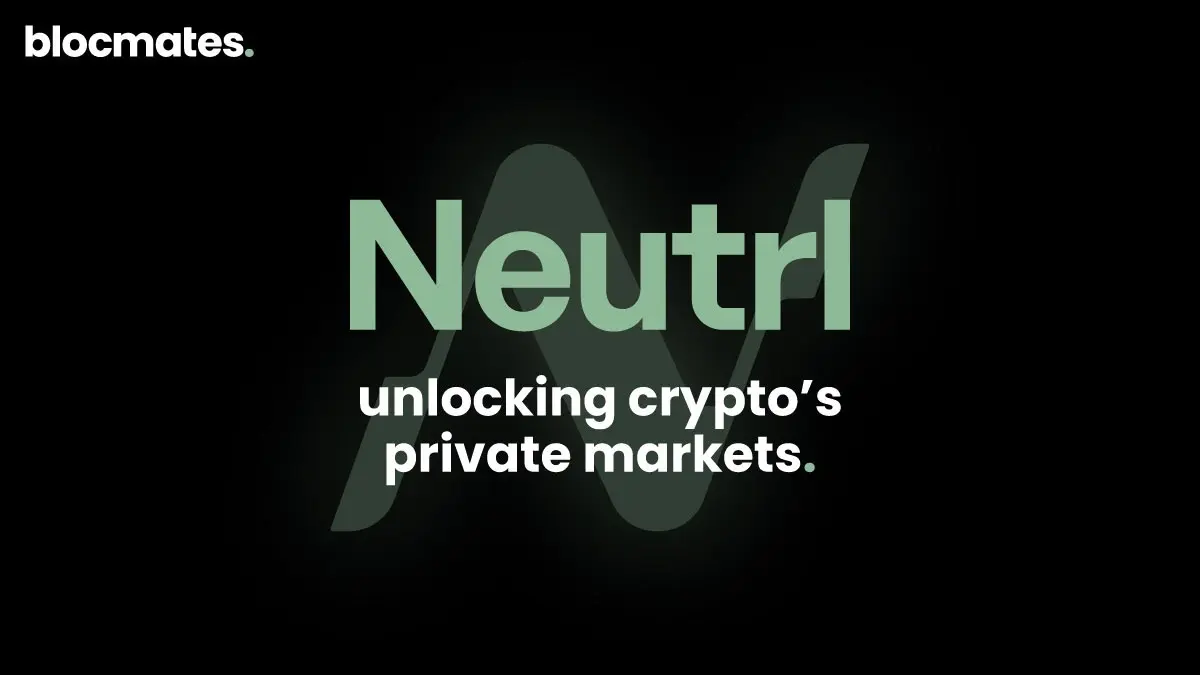


.webp)

.webp)
.webp)
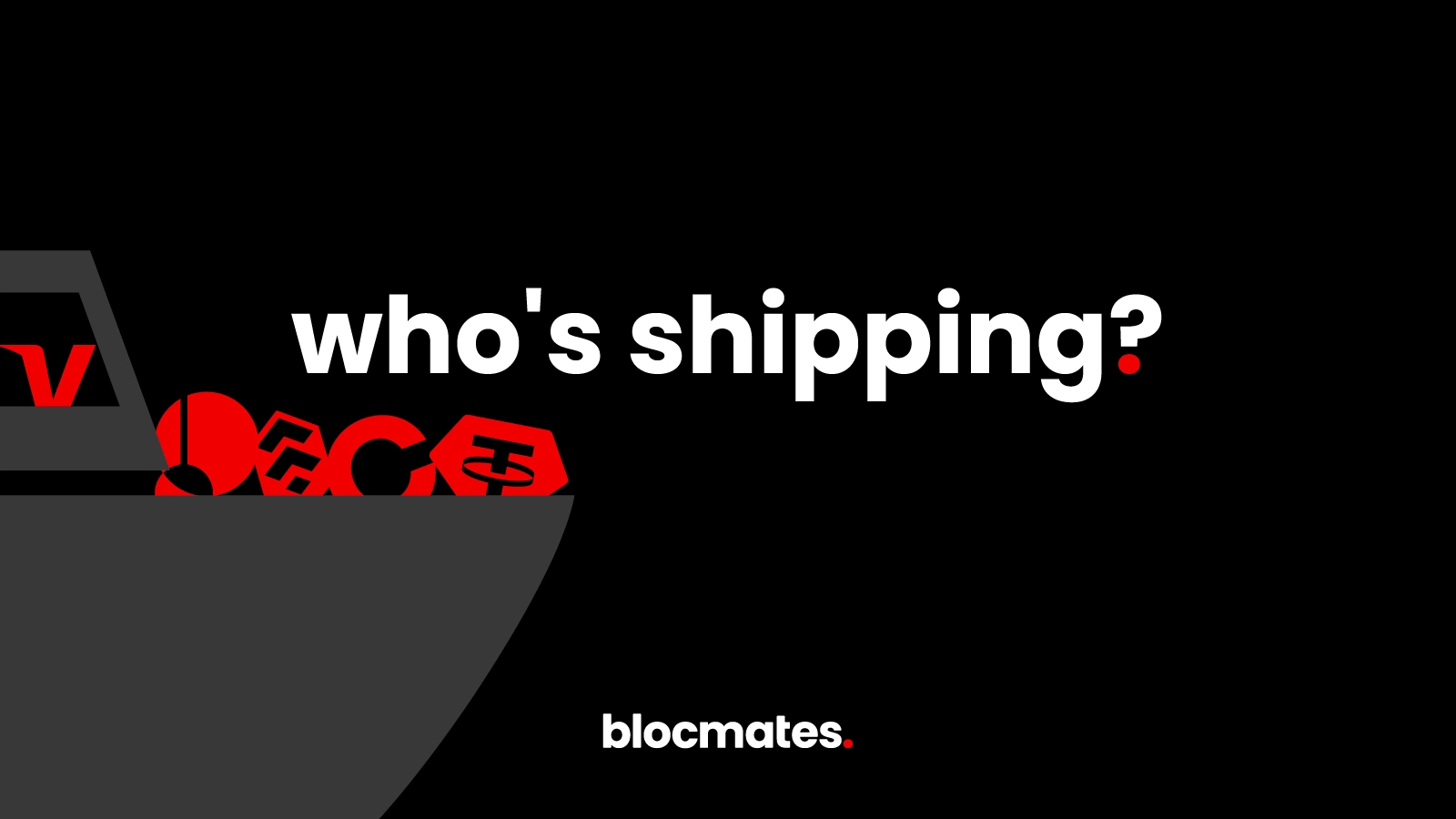
%20(1).webp)
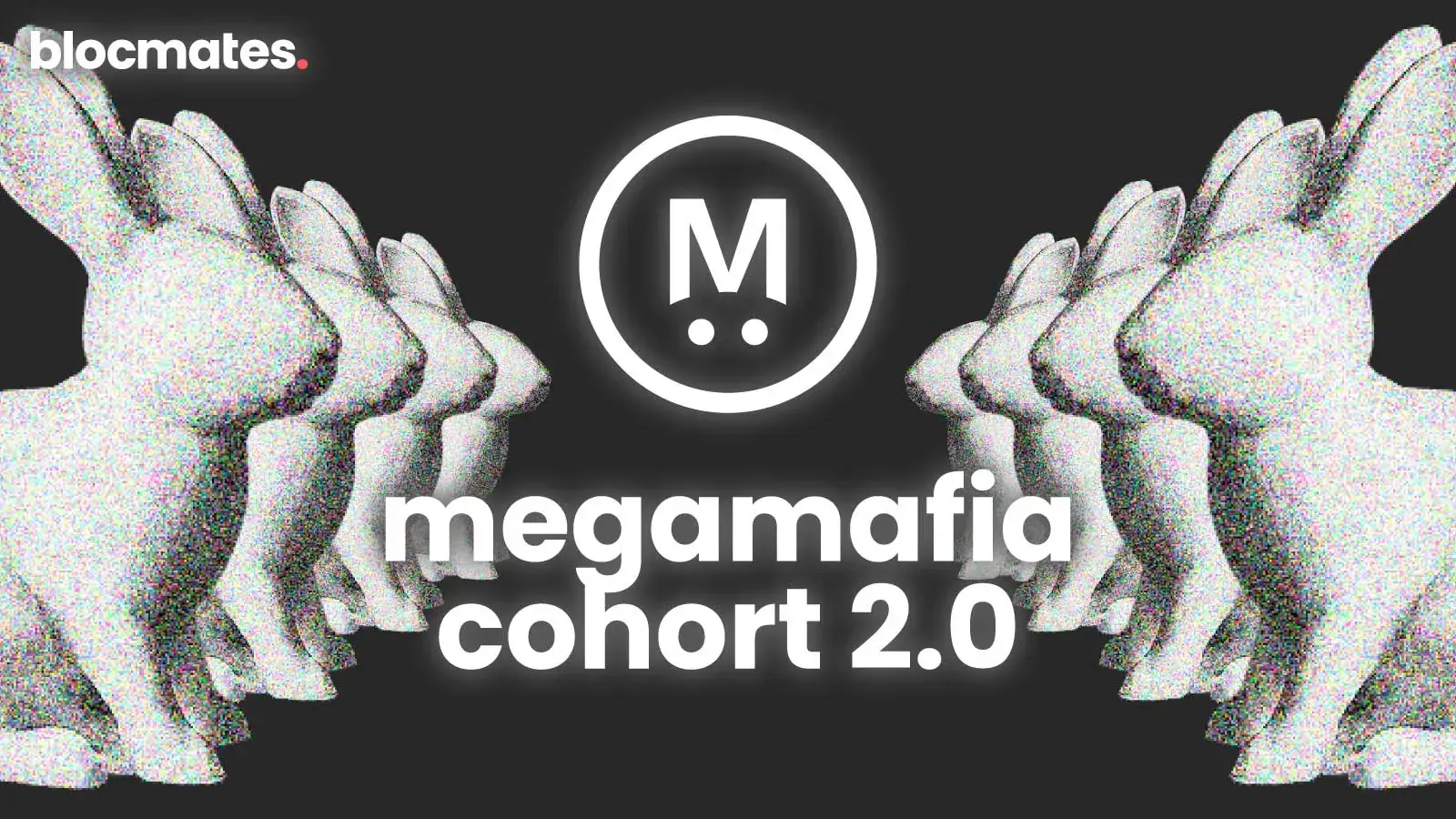
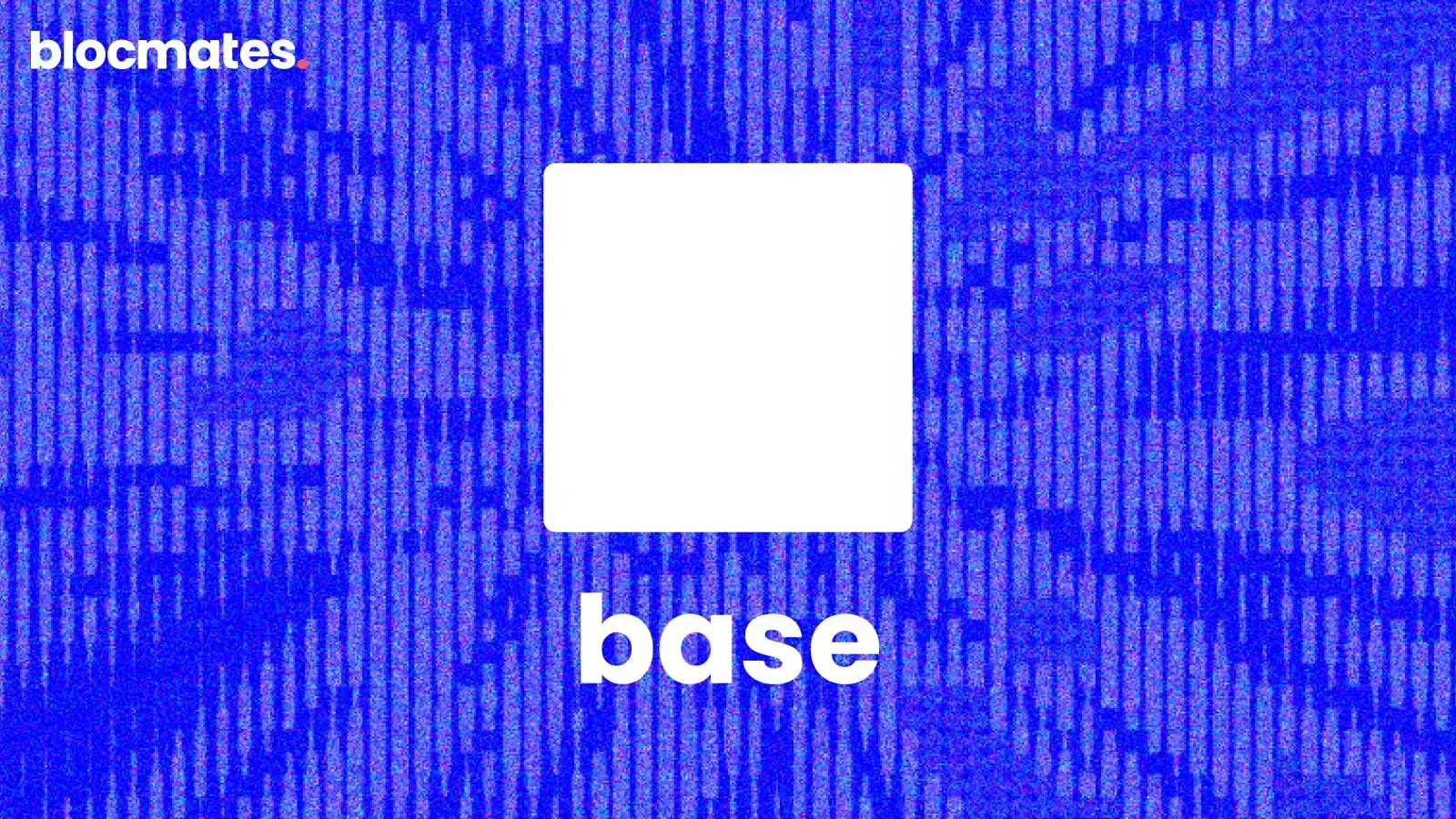



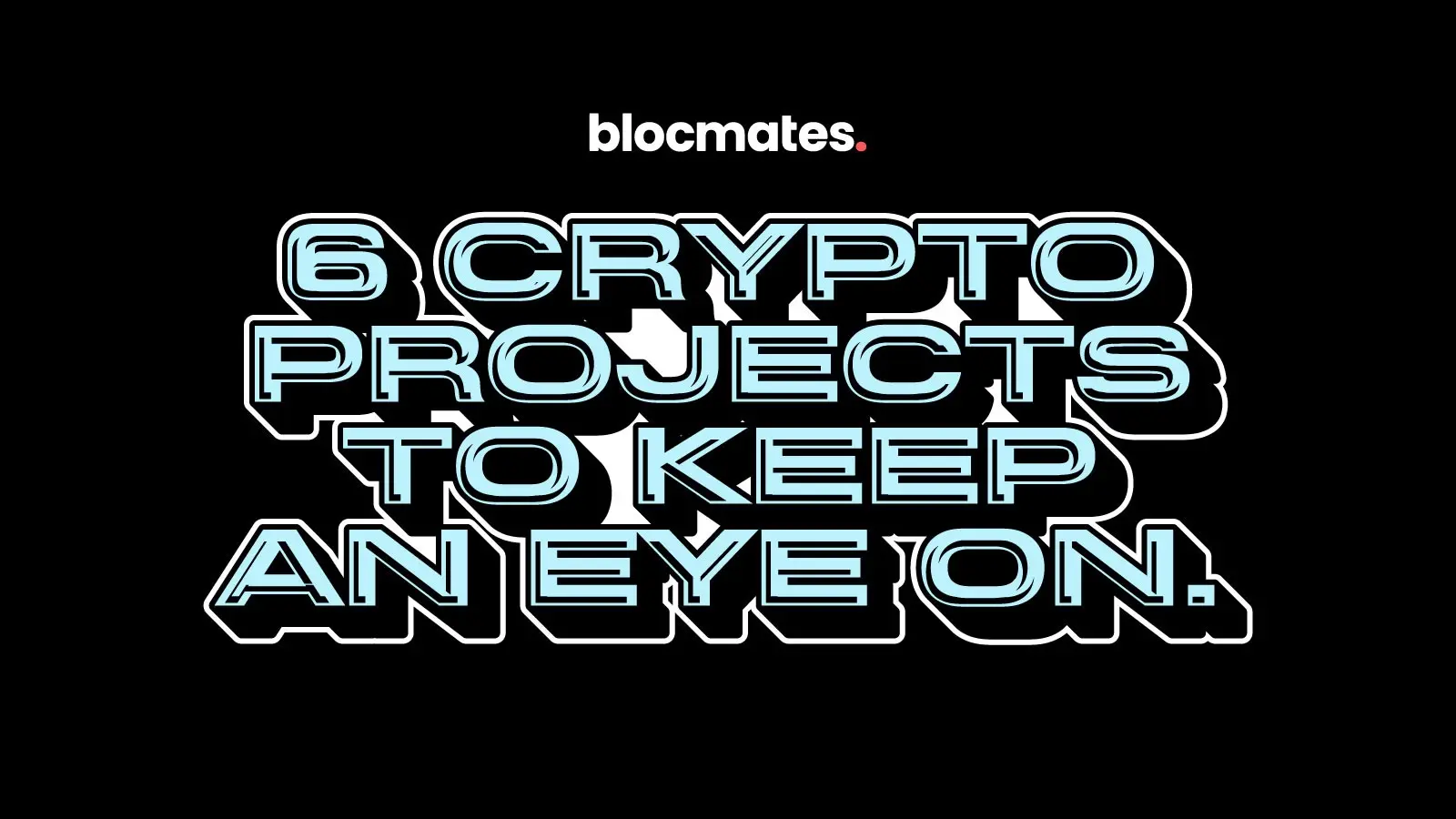
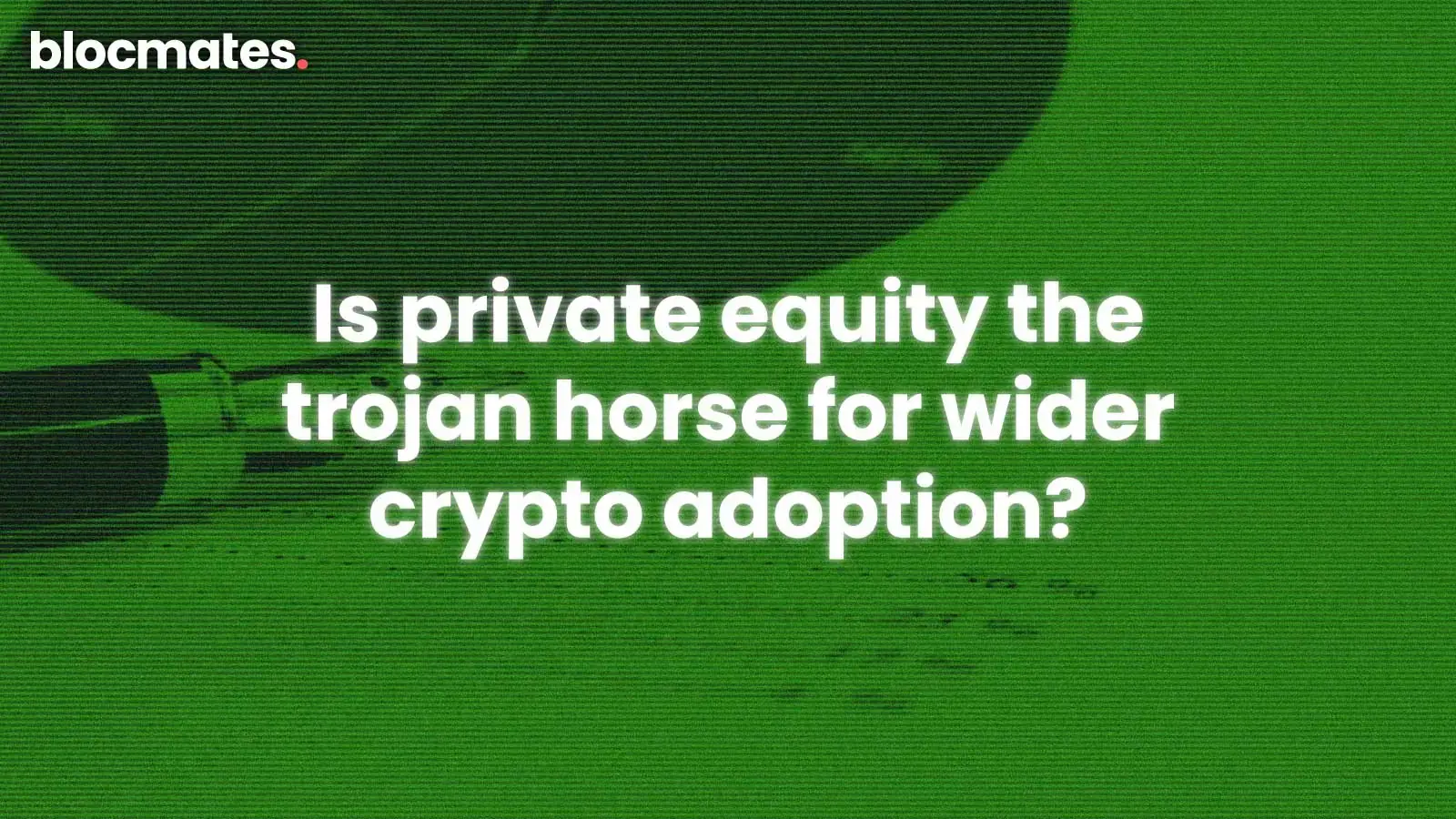
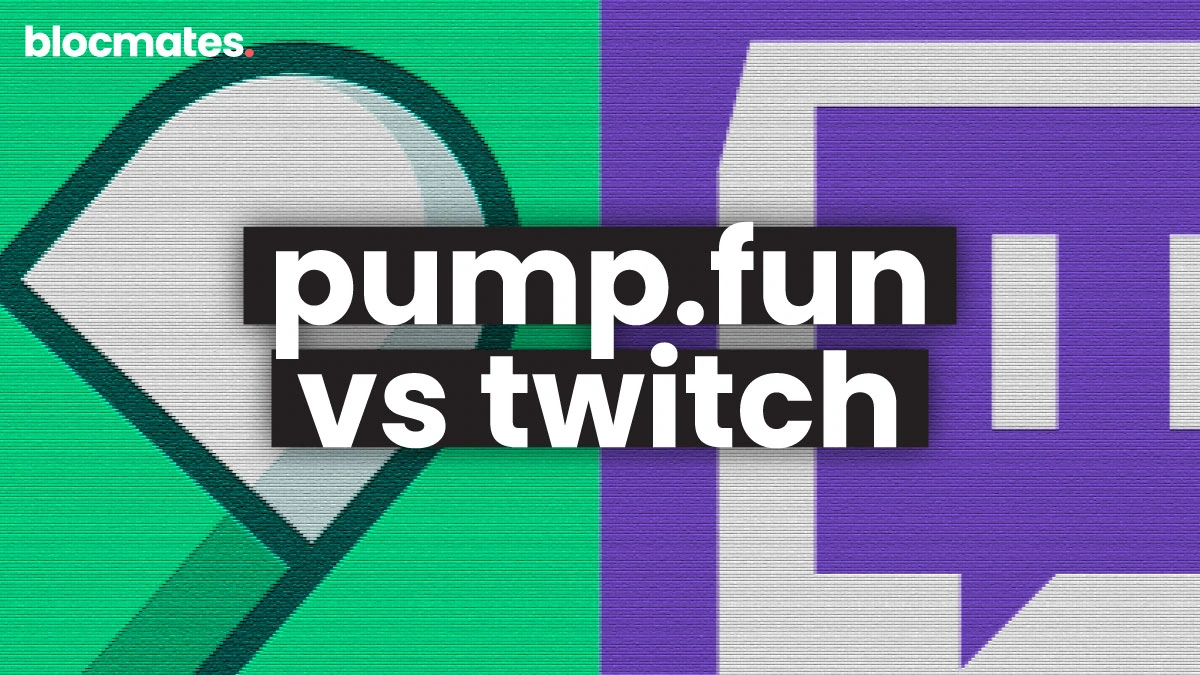

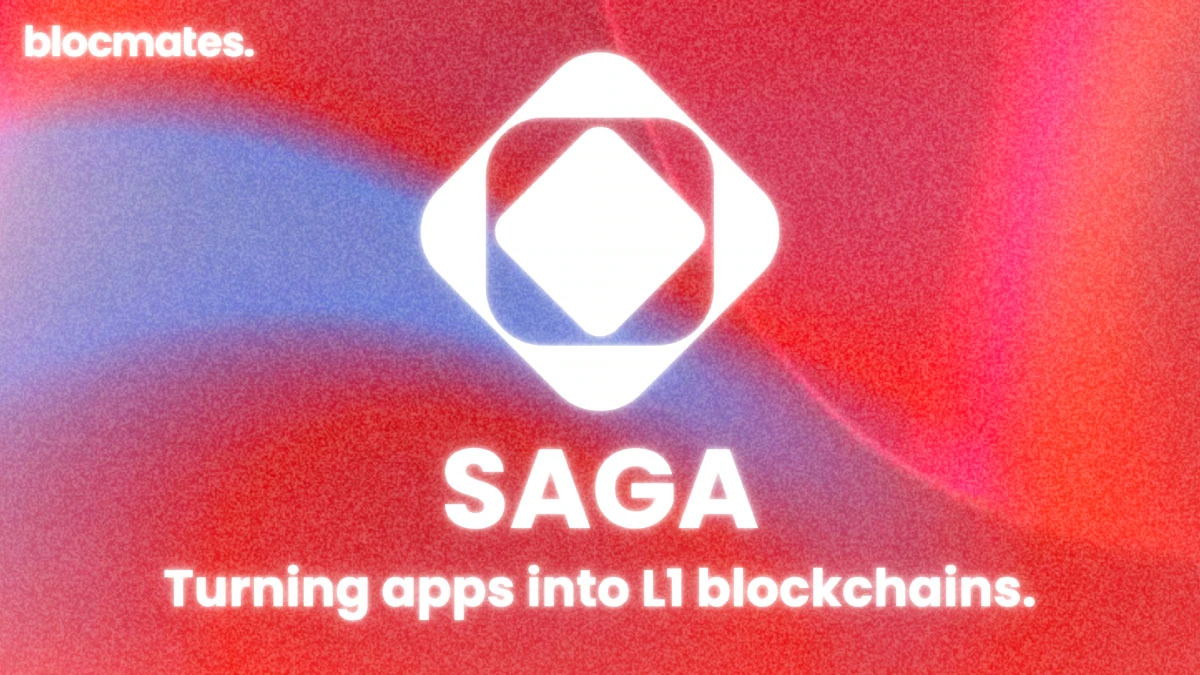
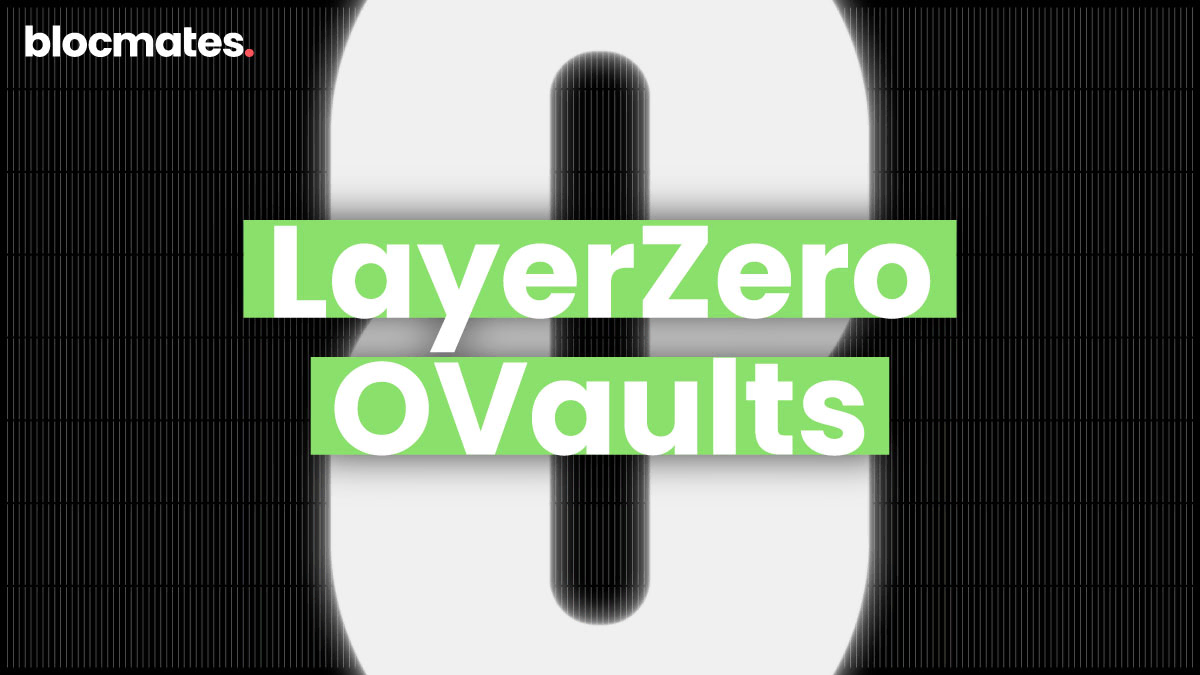

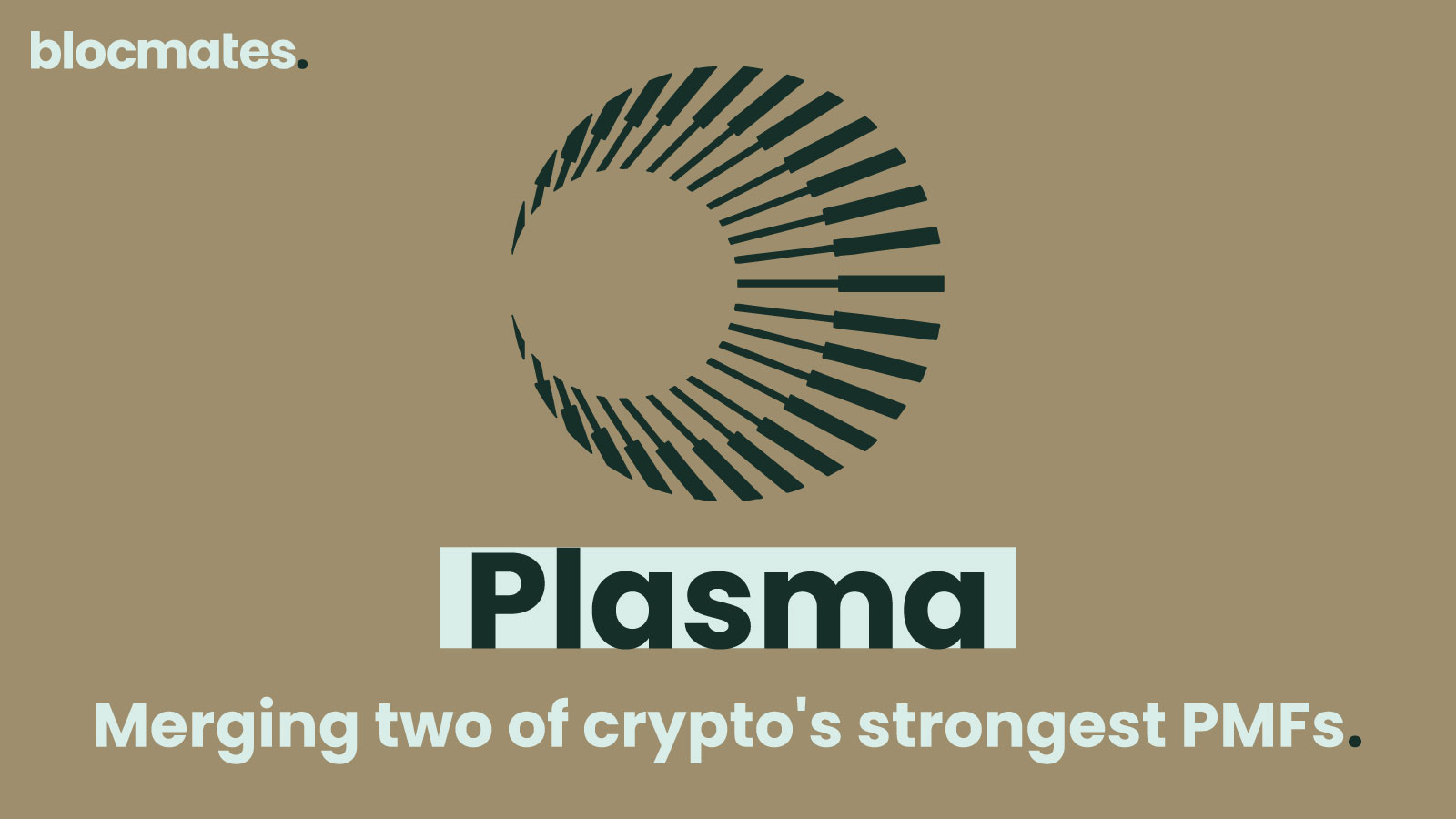
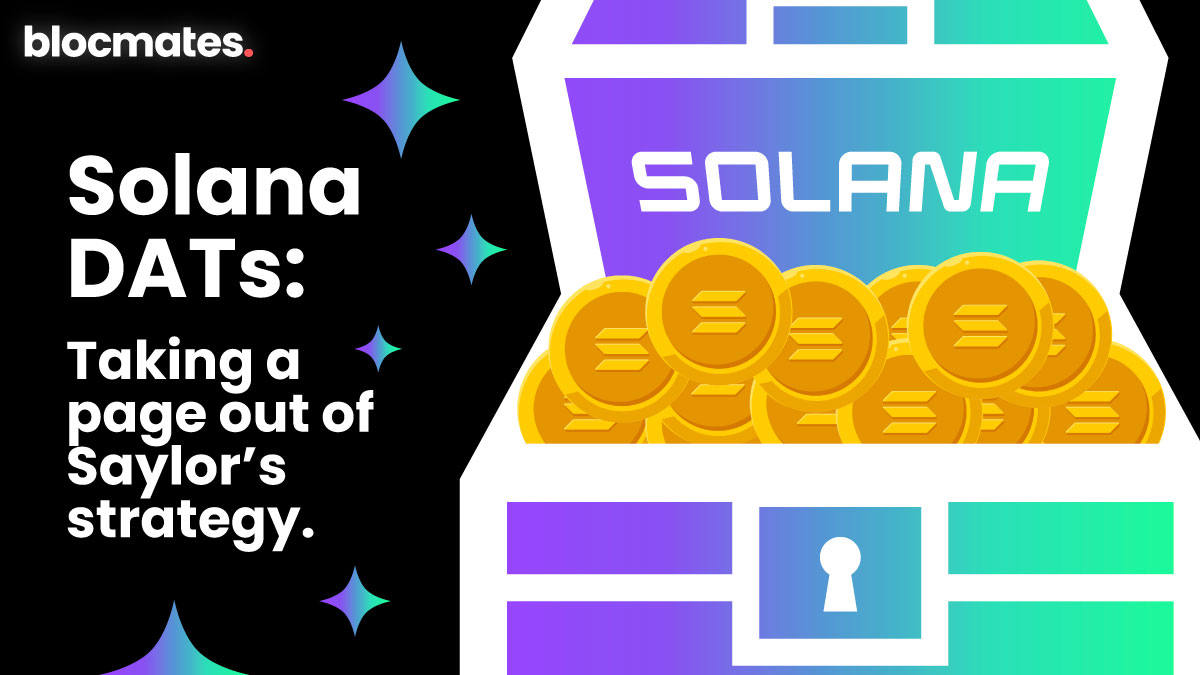
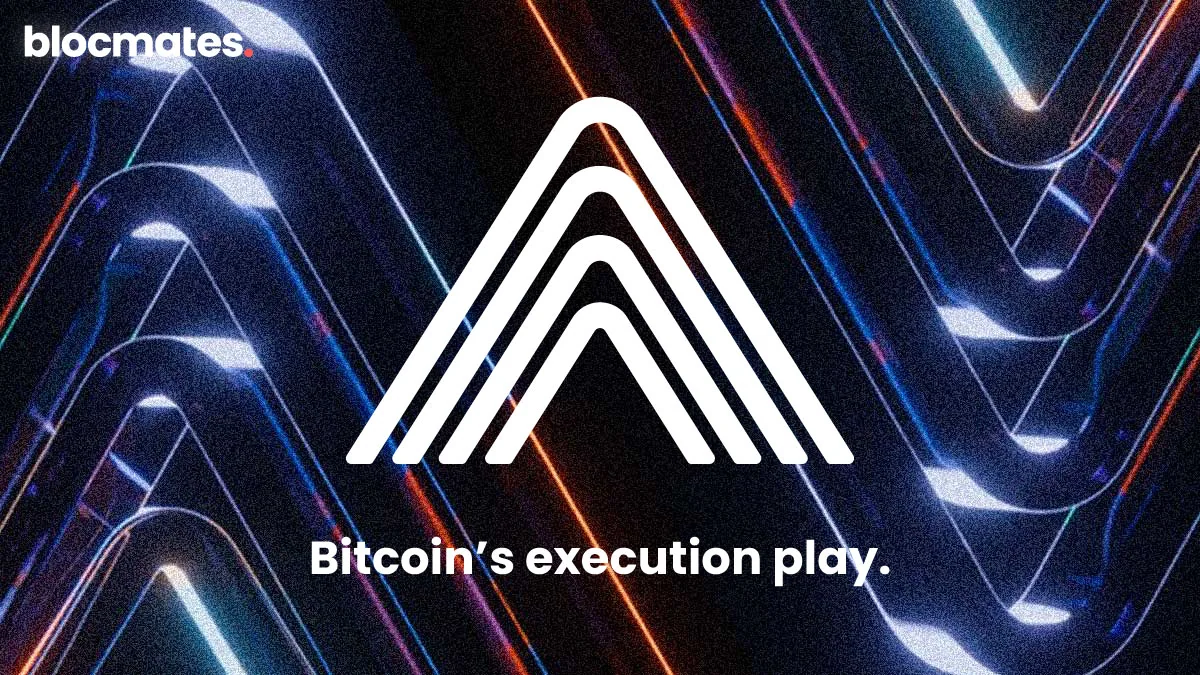

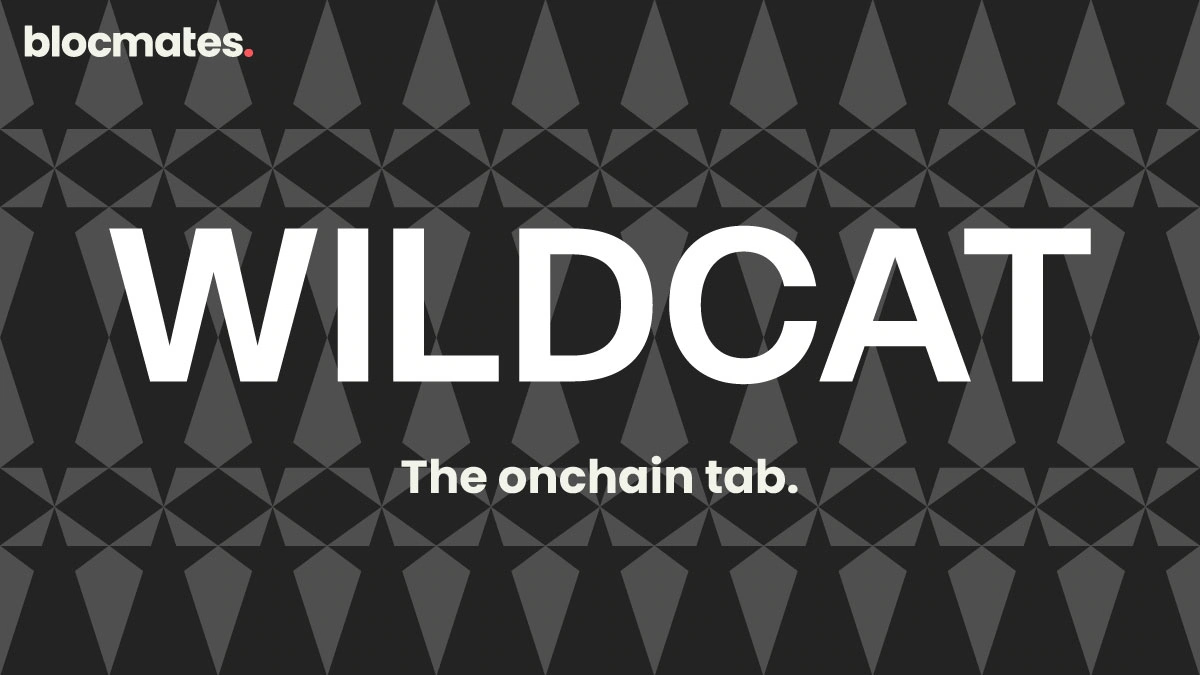
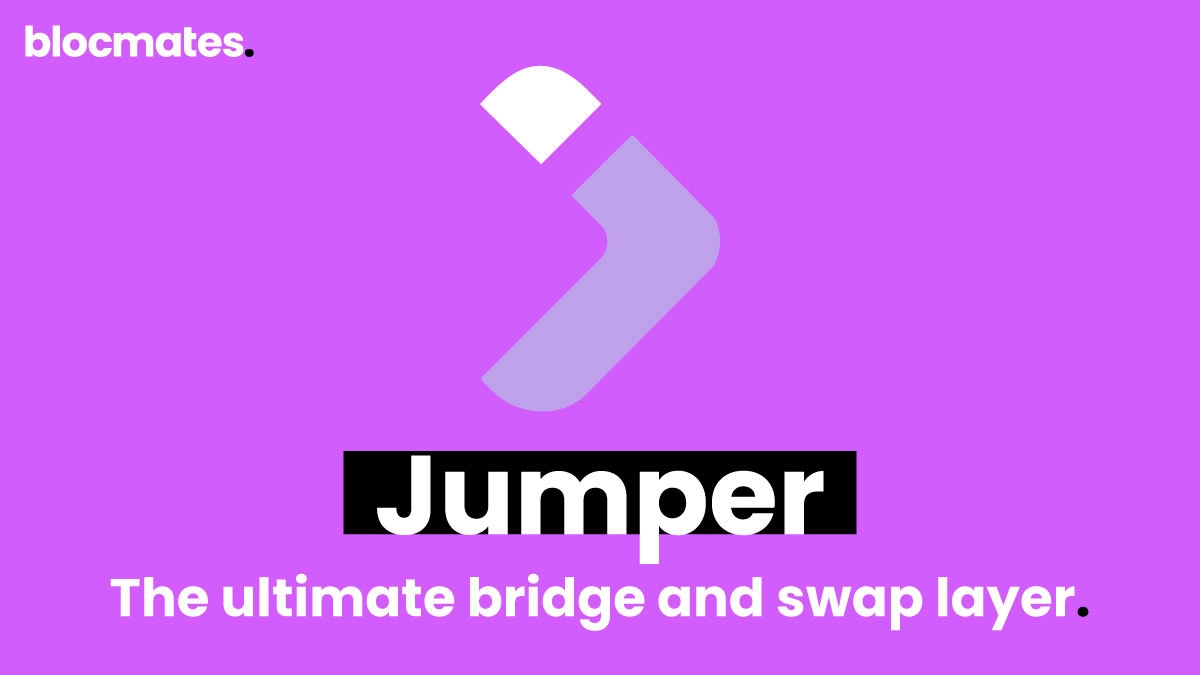
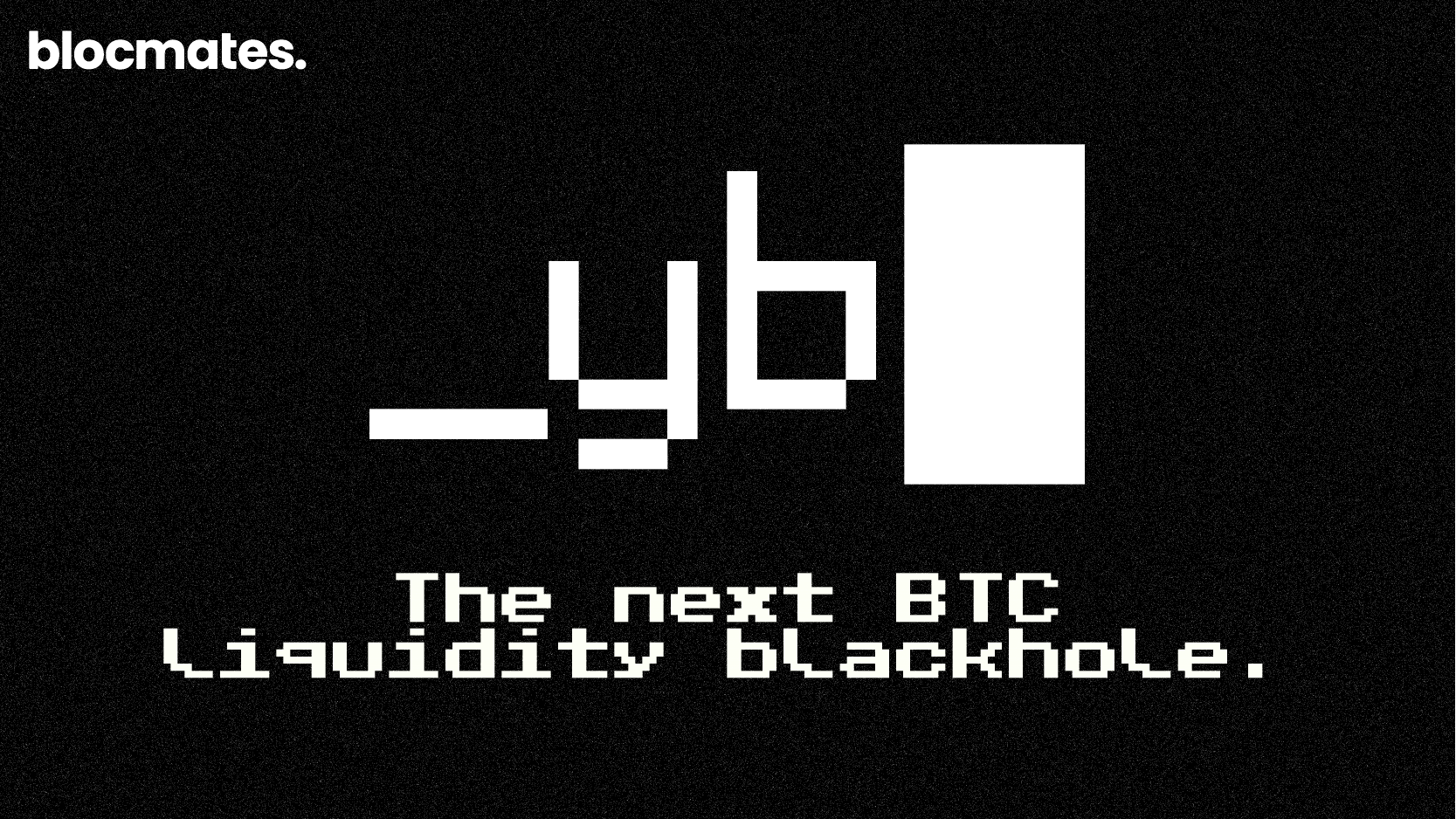
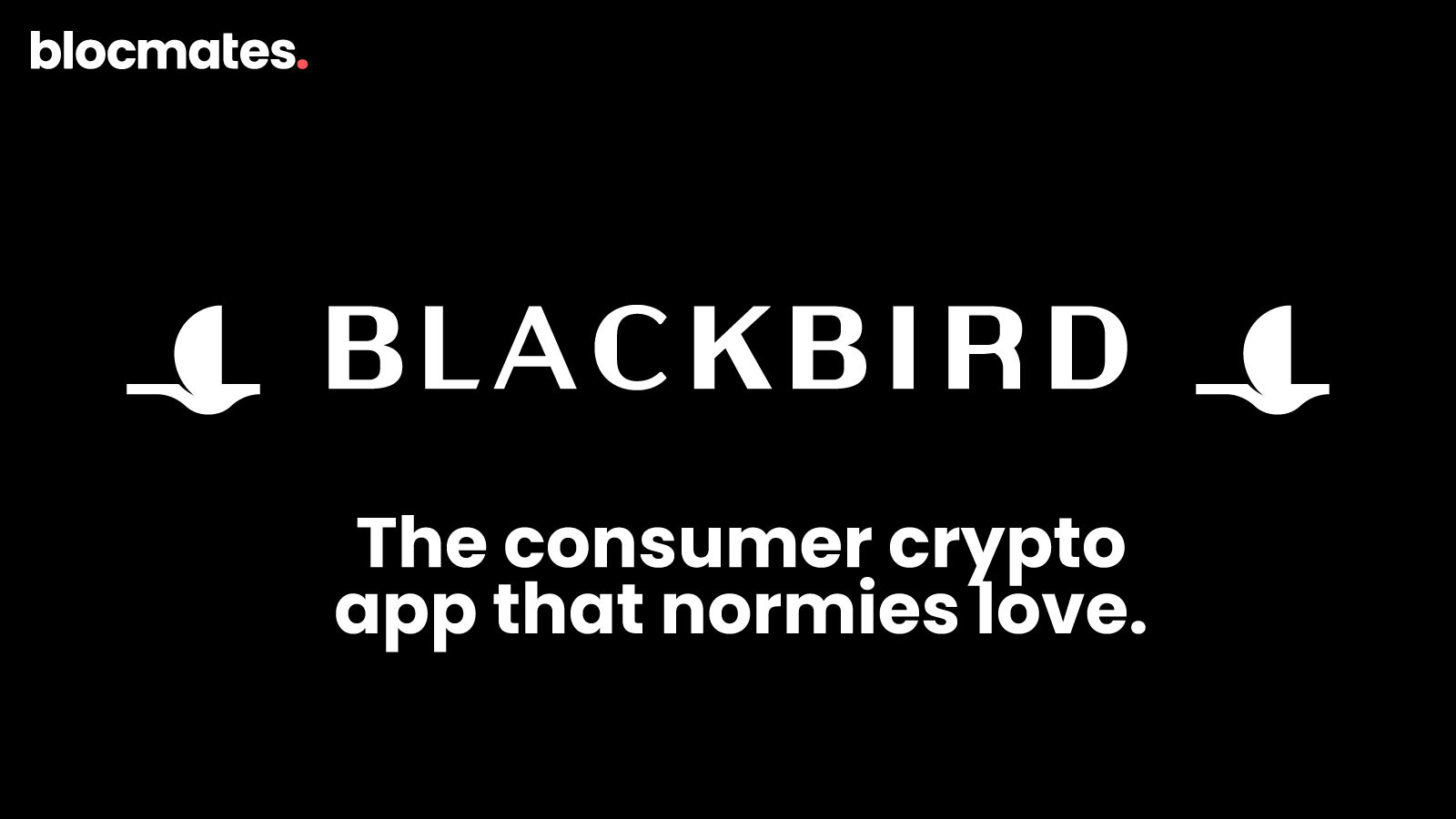
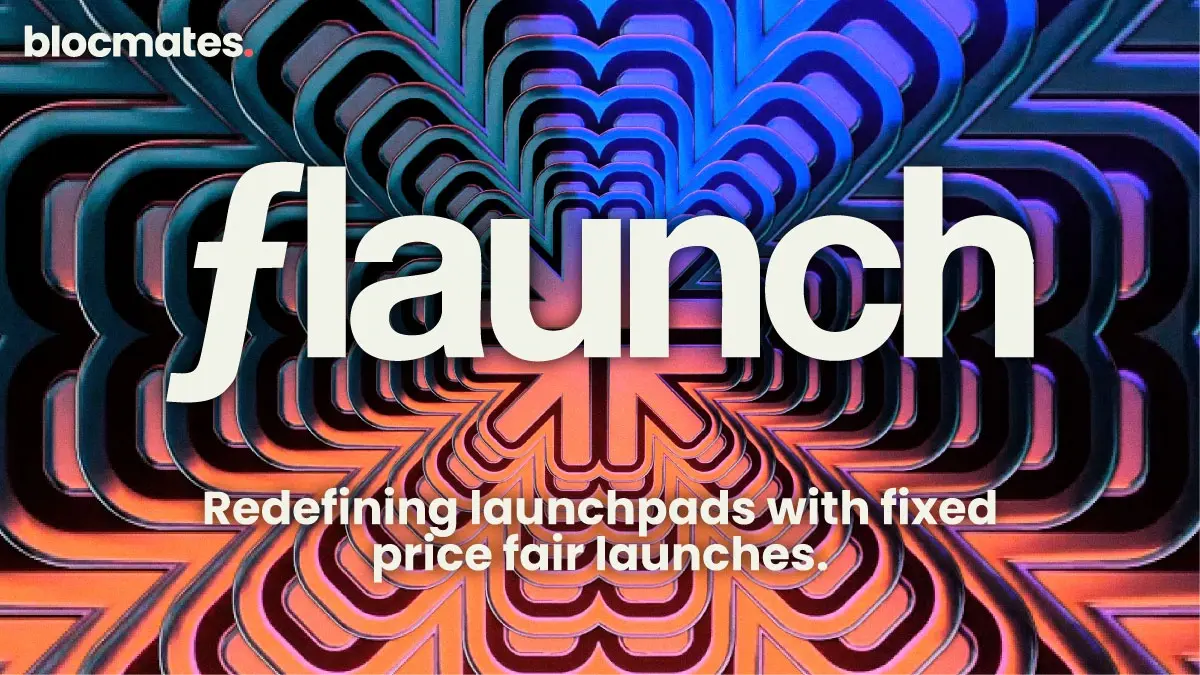

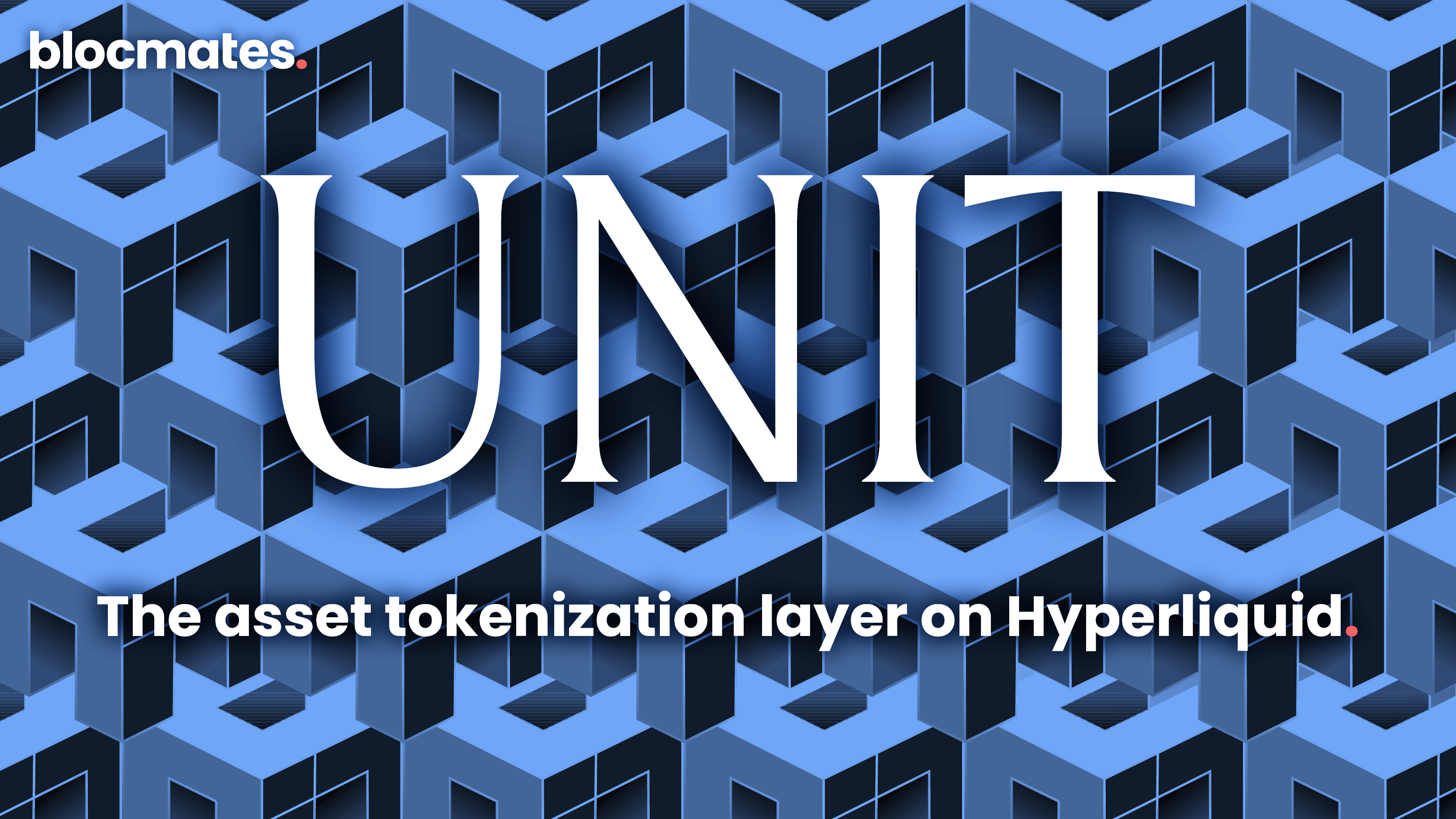
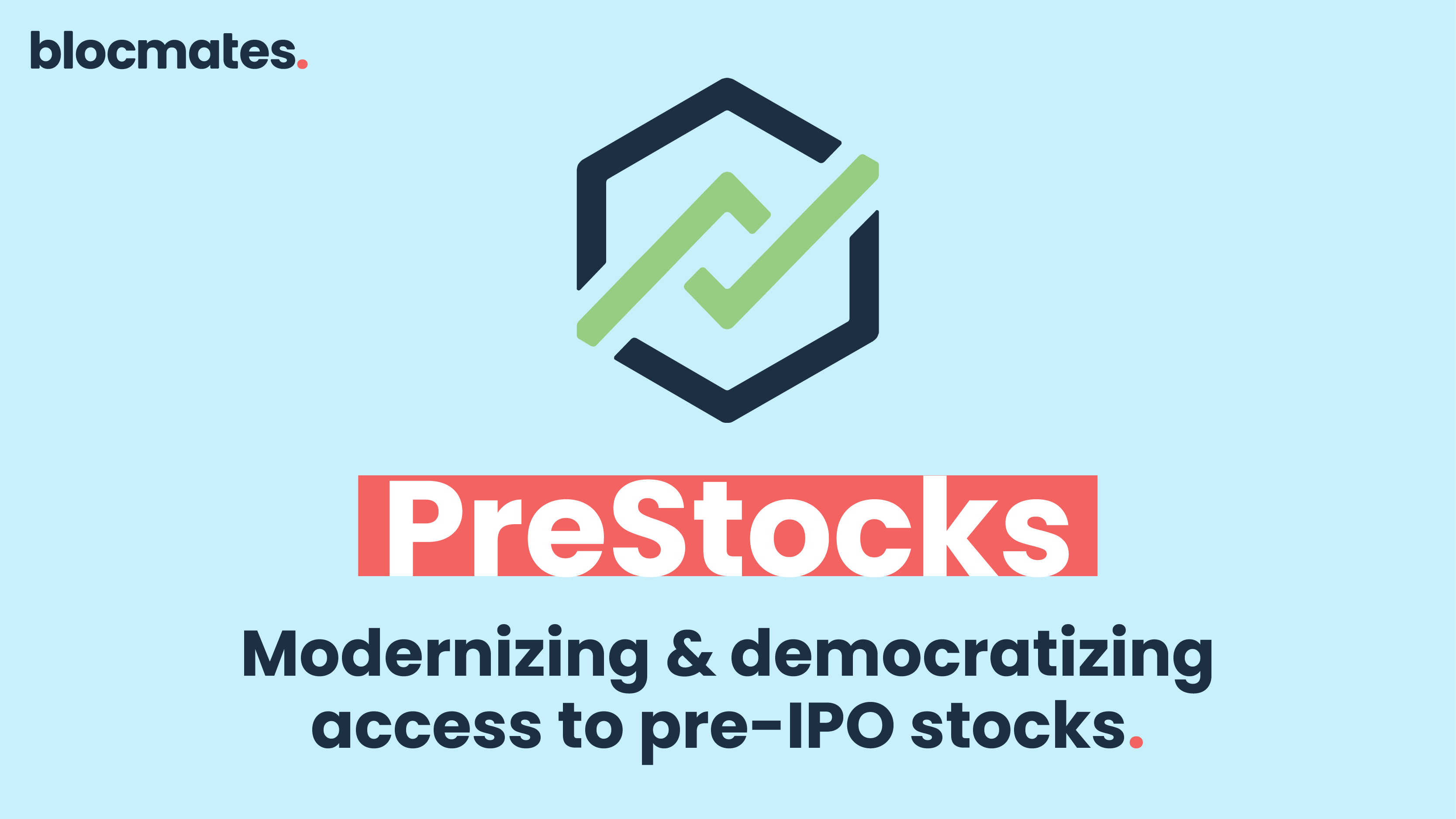

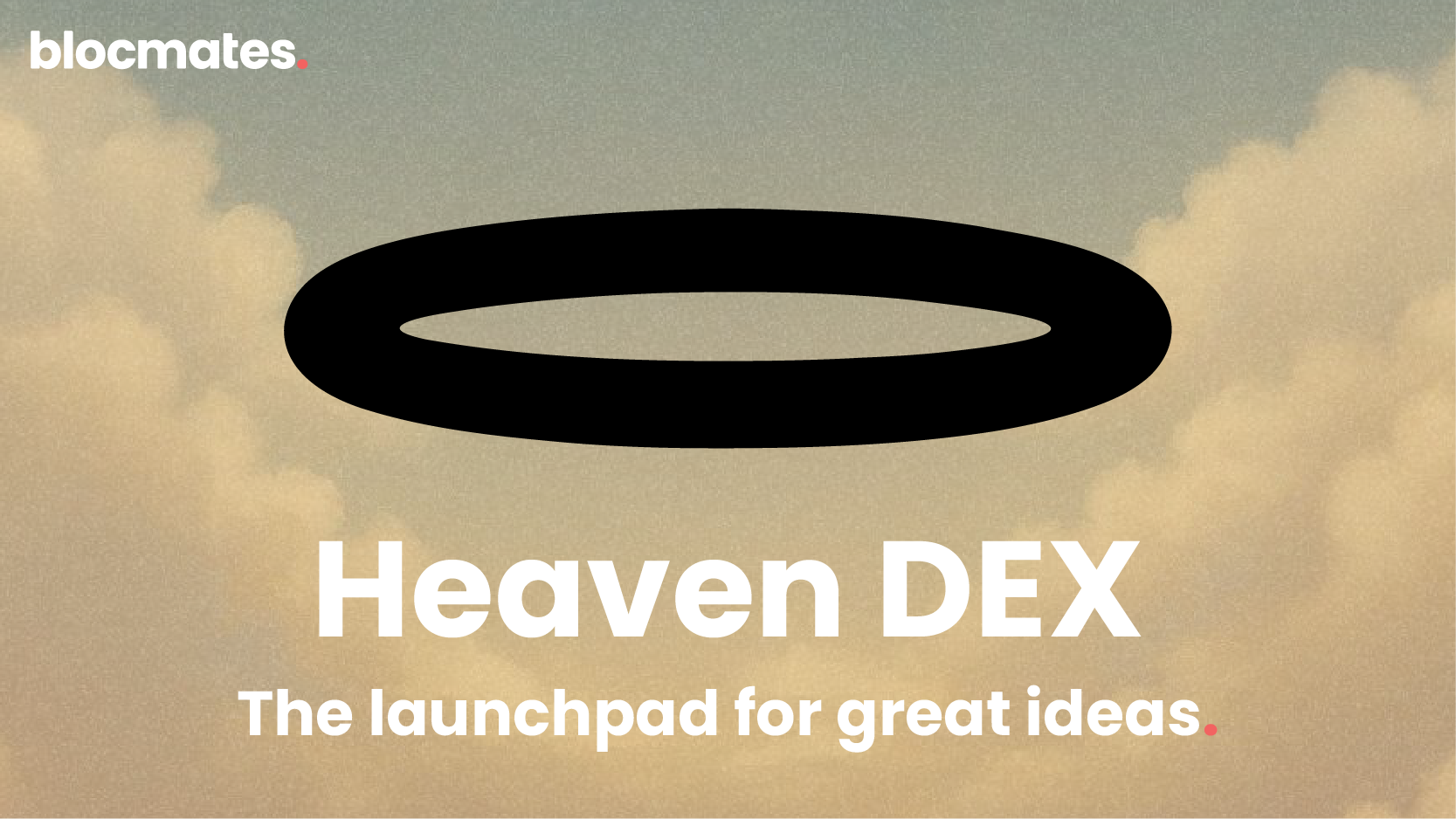
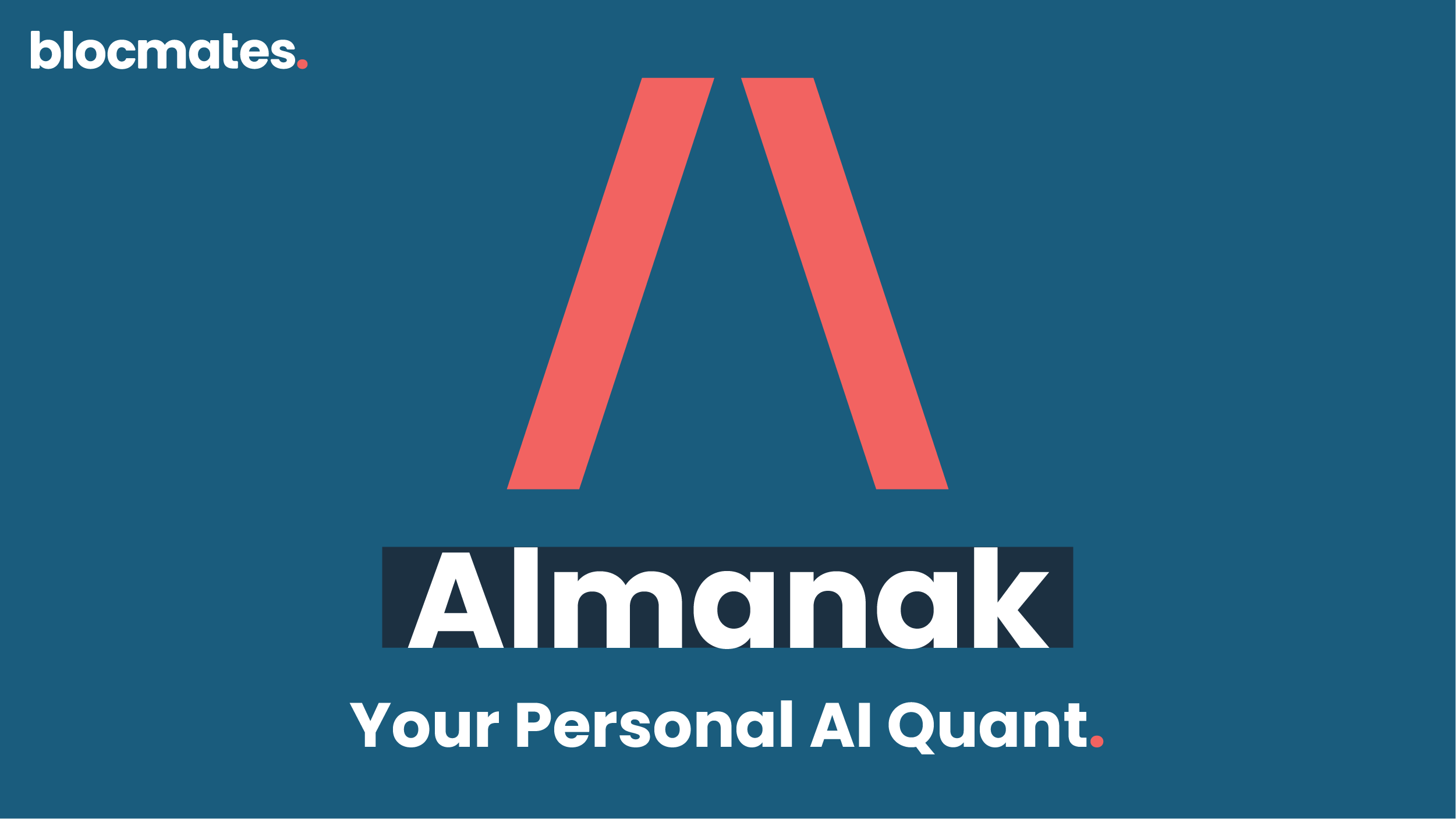
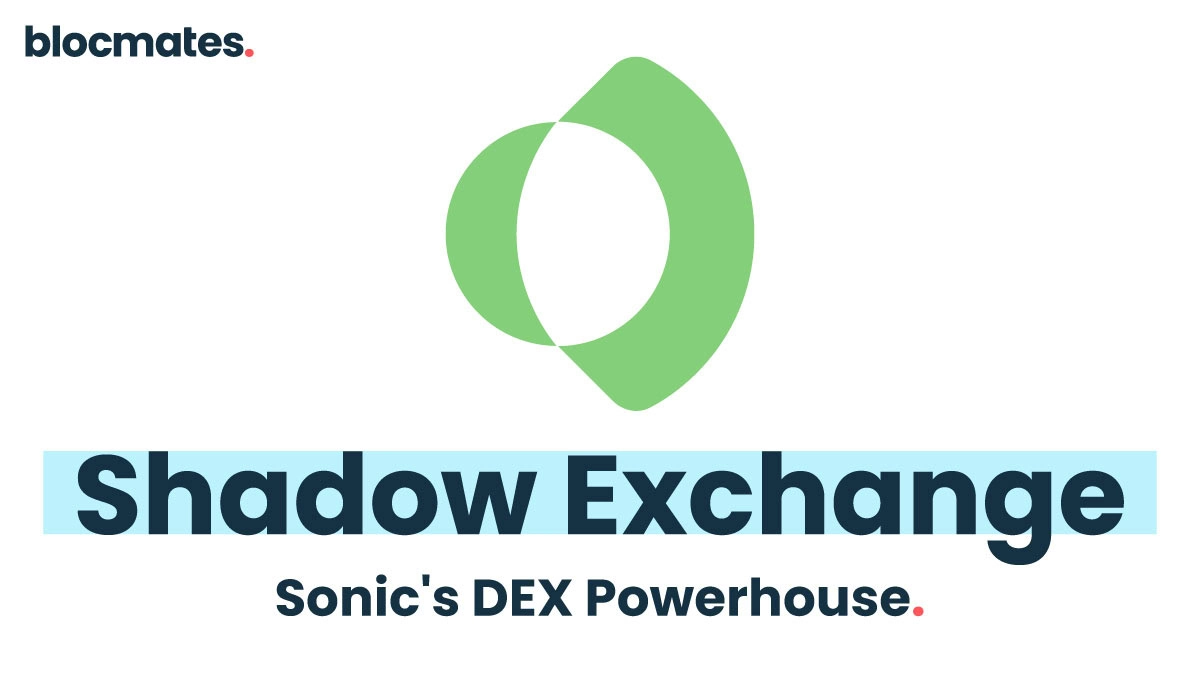
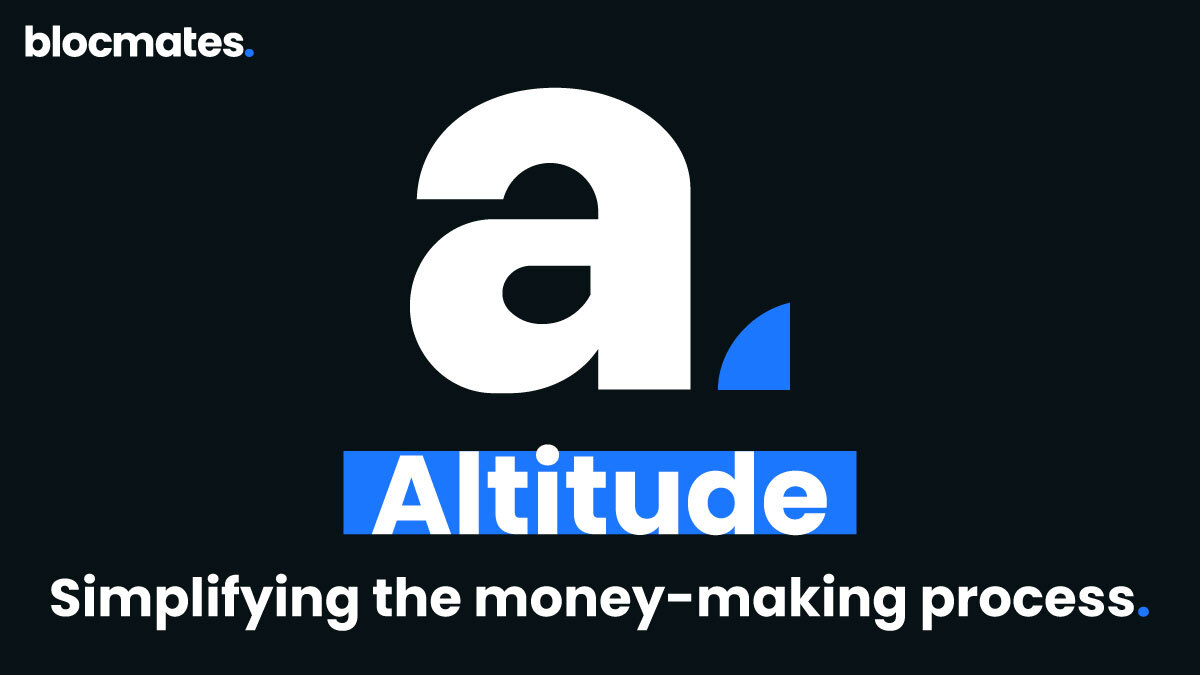
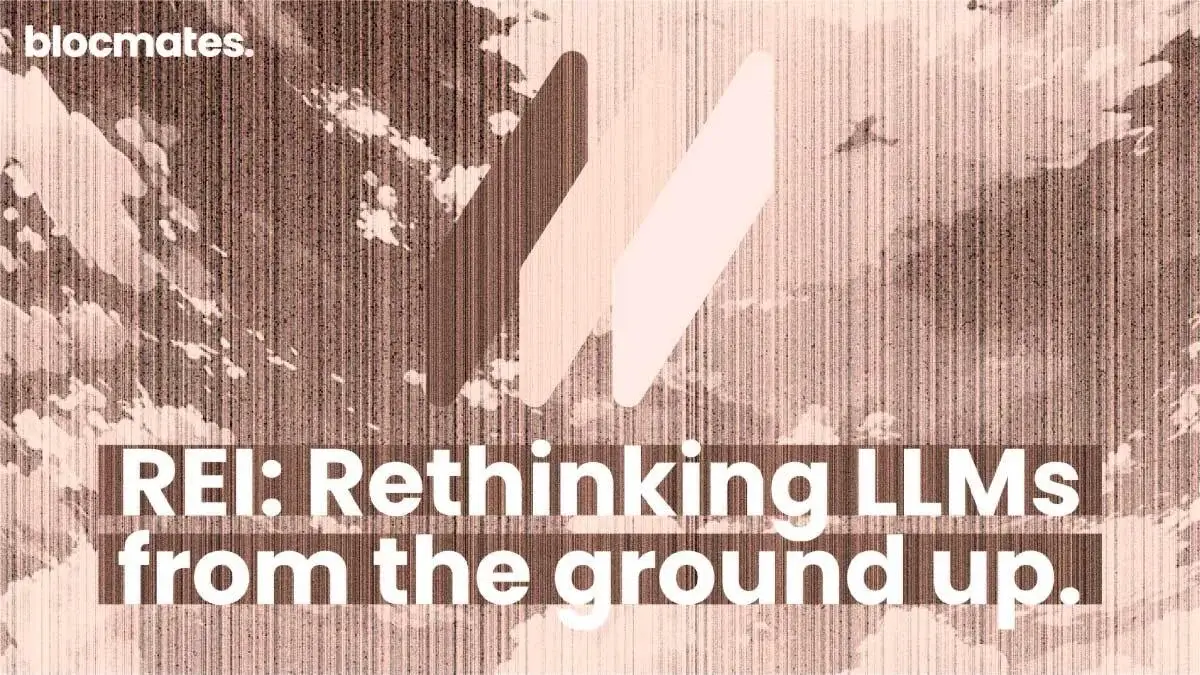

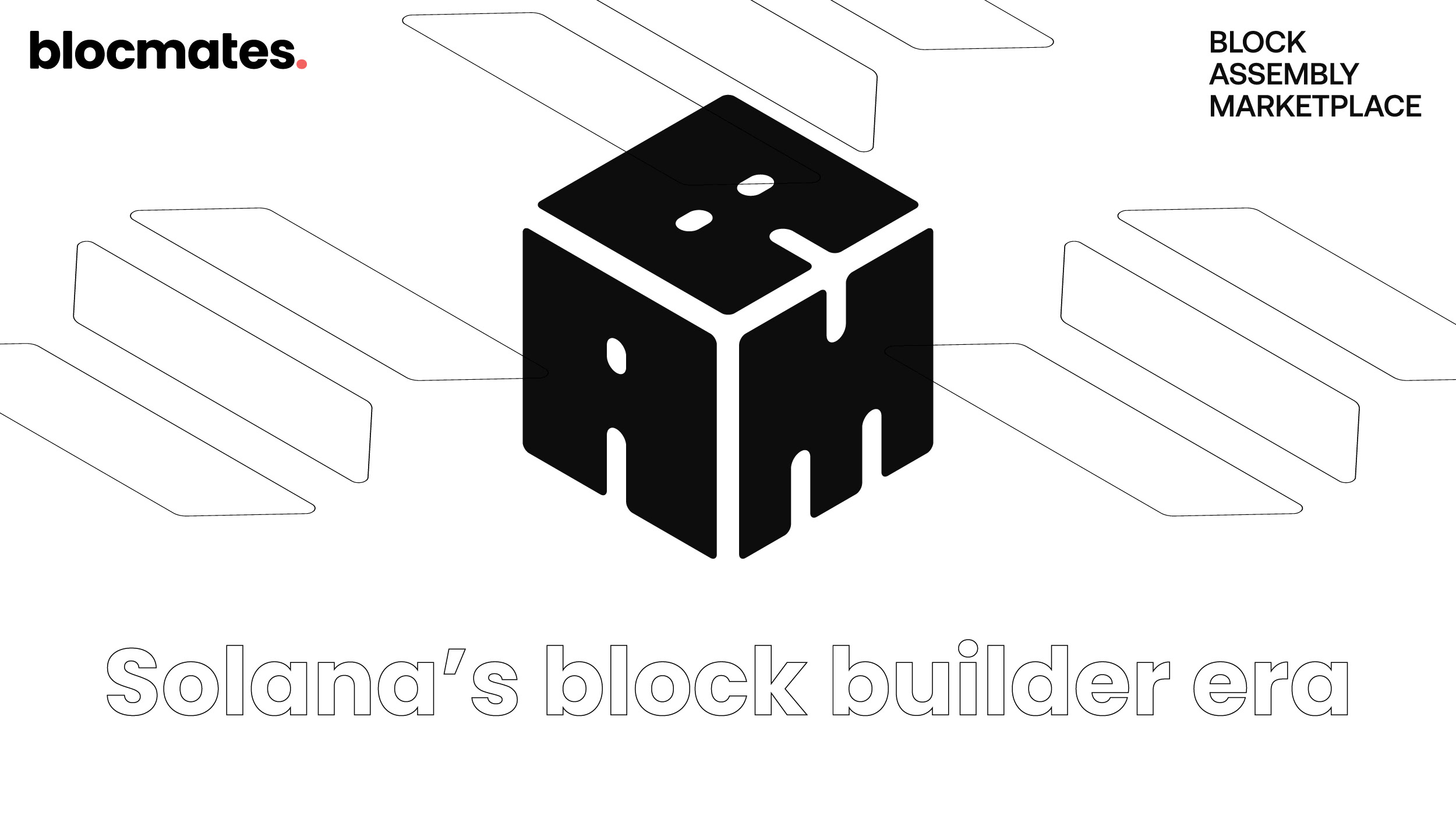


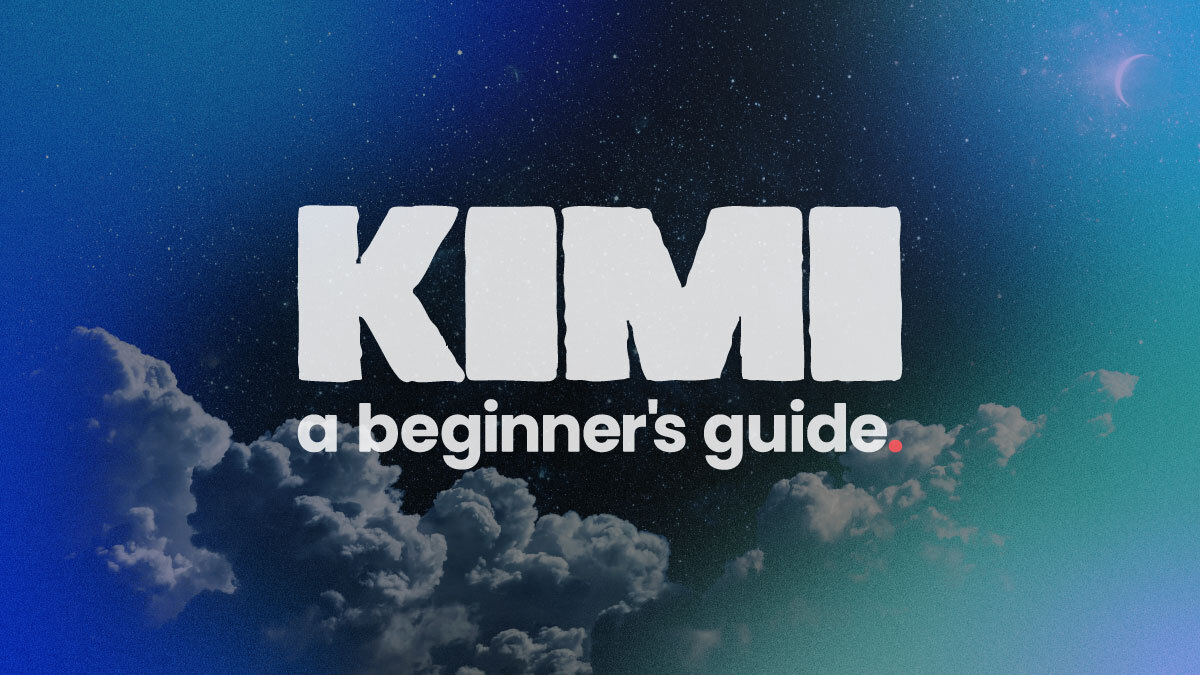
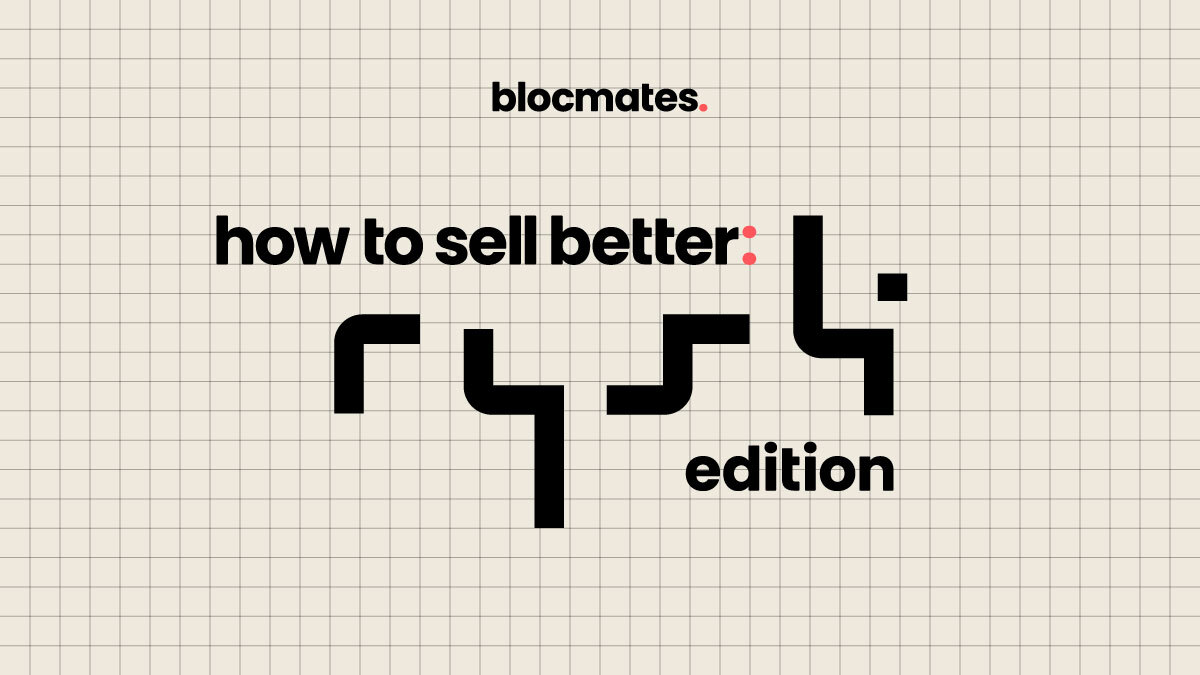
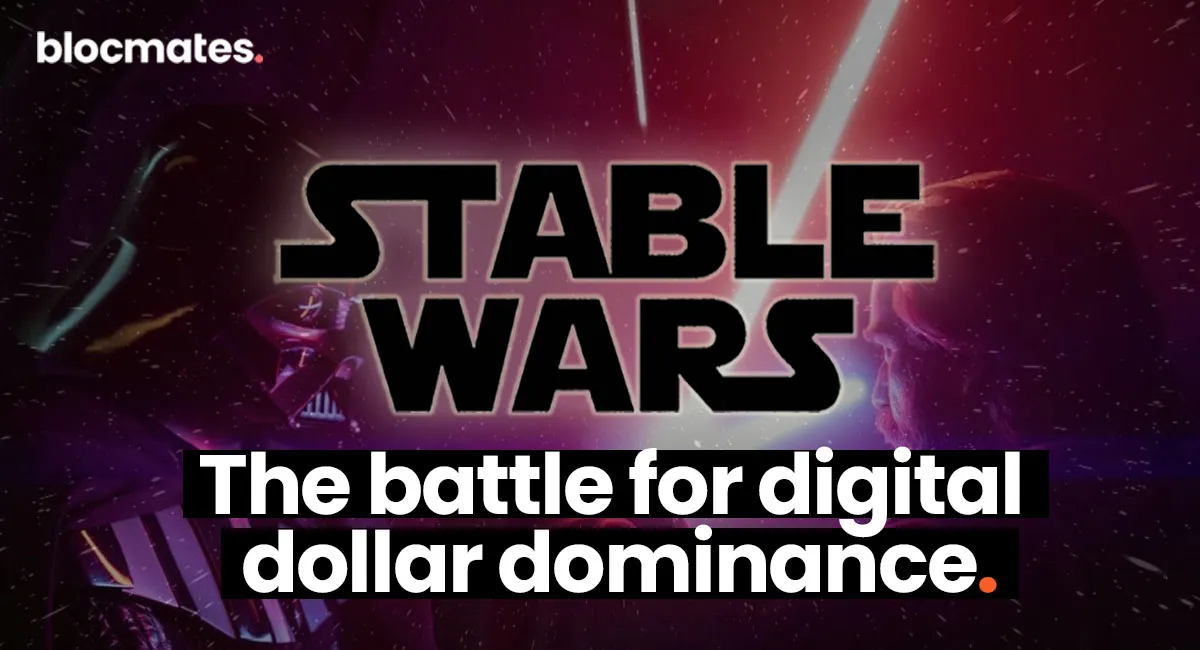

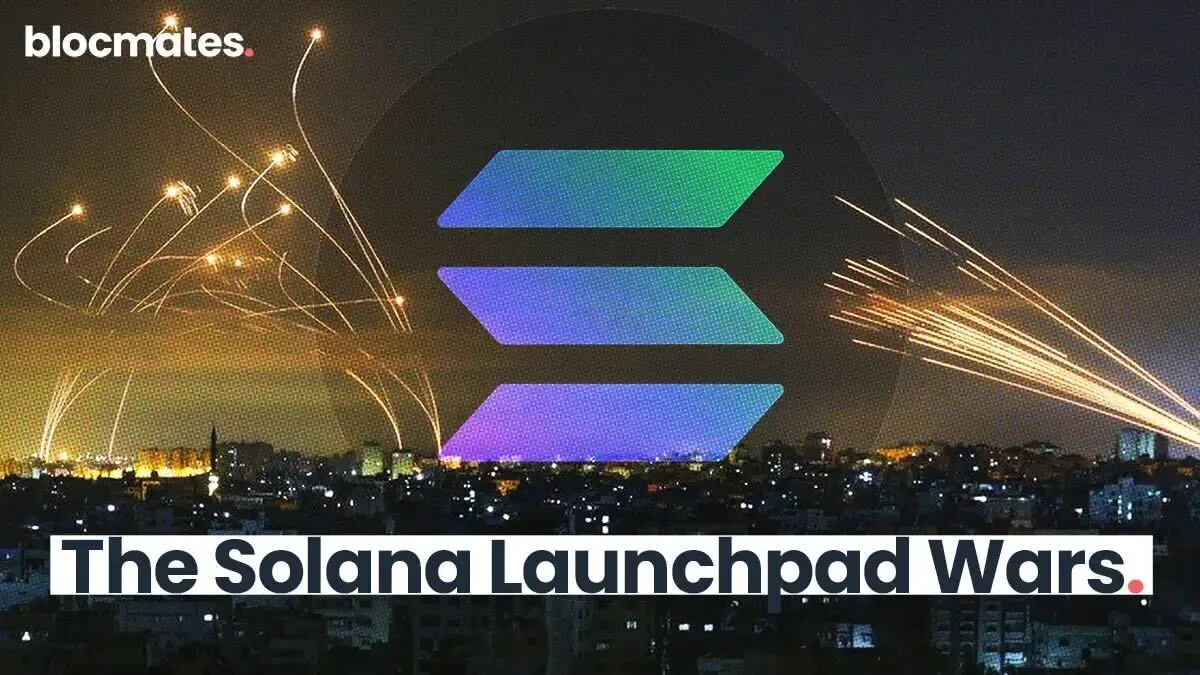




















%202.webp)


.webp)

.webp)
.webp)
.webp)


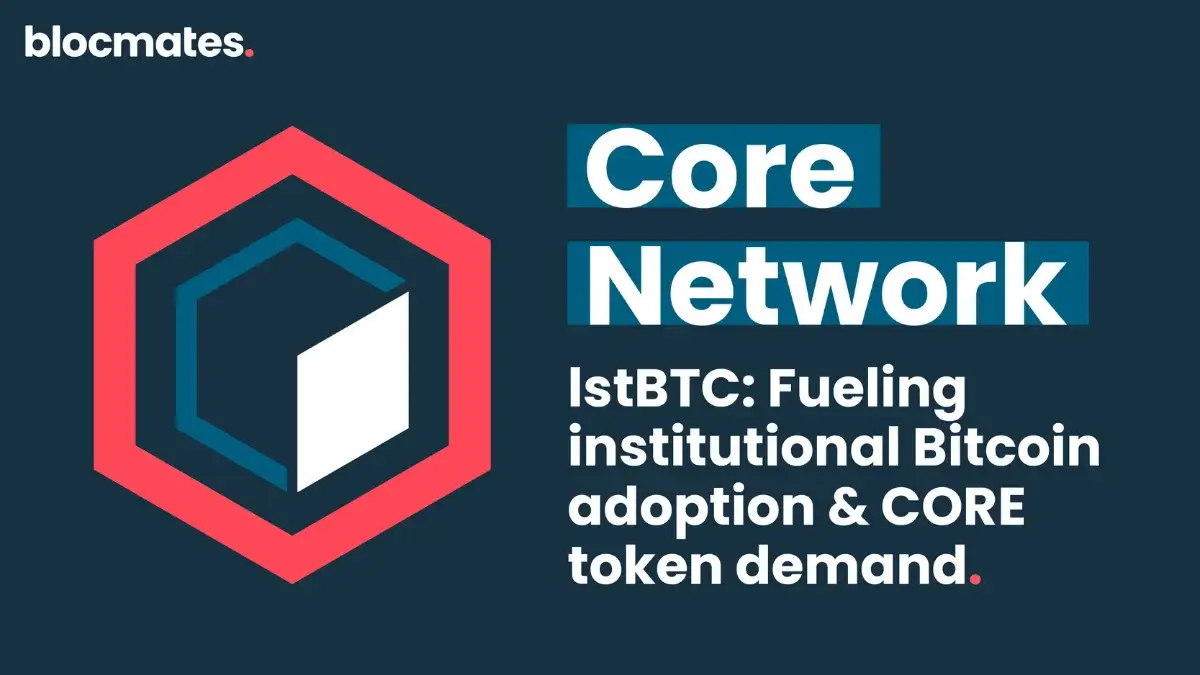
.webp)

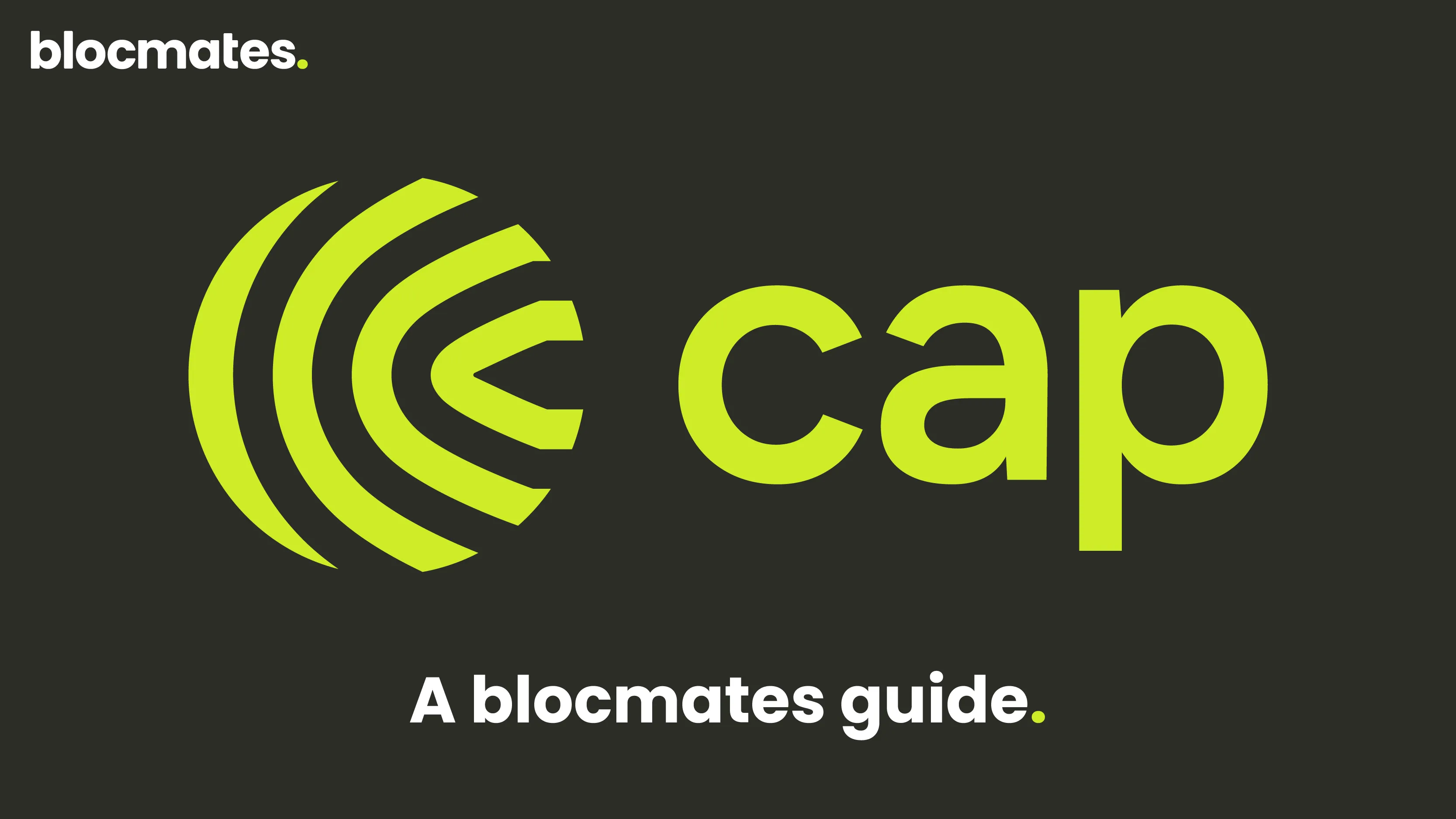










%20the%20Next%20Big%20Unlock%20in%20AI.webp)






.webp)
.webp)

.webp)
.webp)
.webp)


.webp)
.webp)










.webp)


.webp)






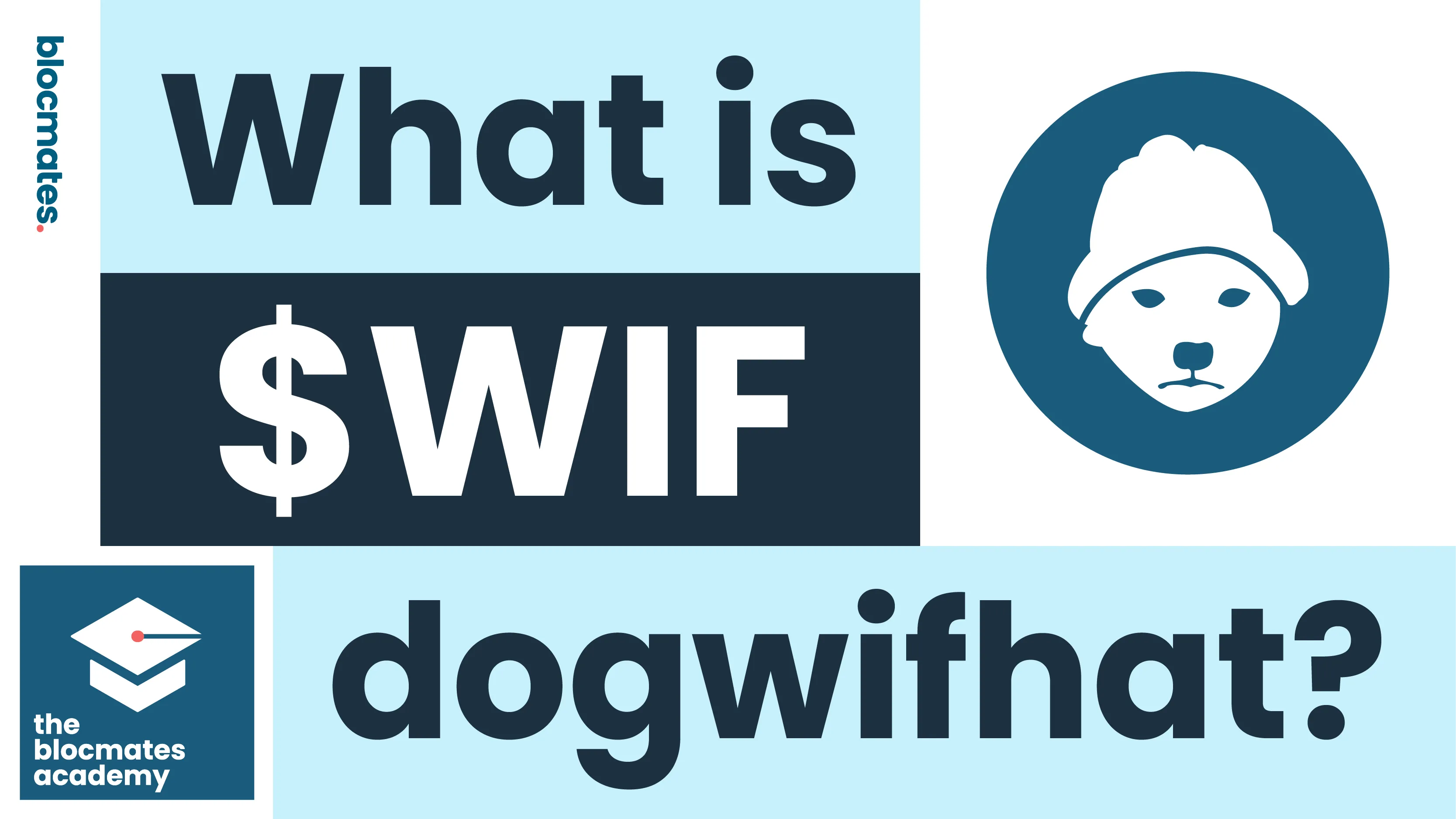


.webp)







.webp)
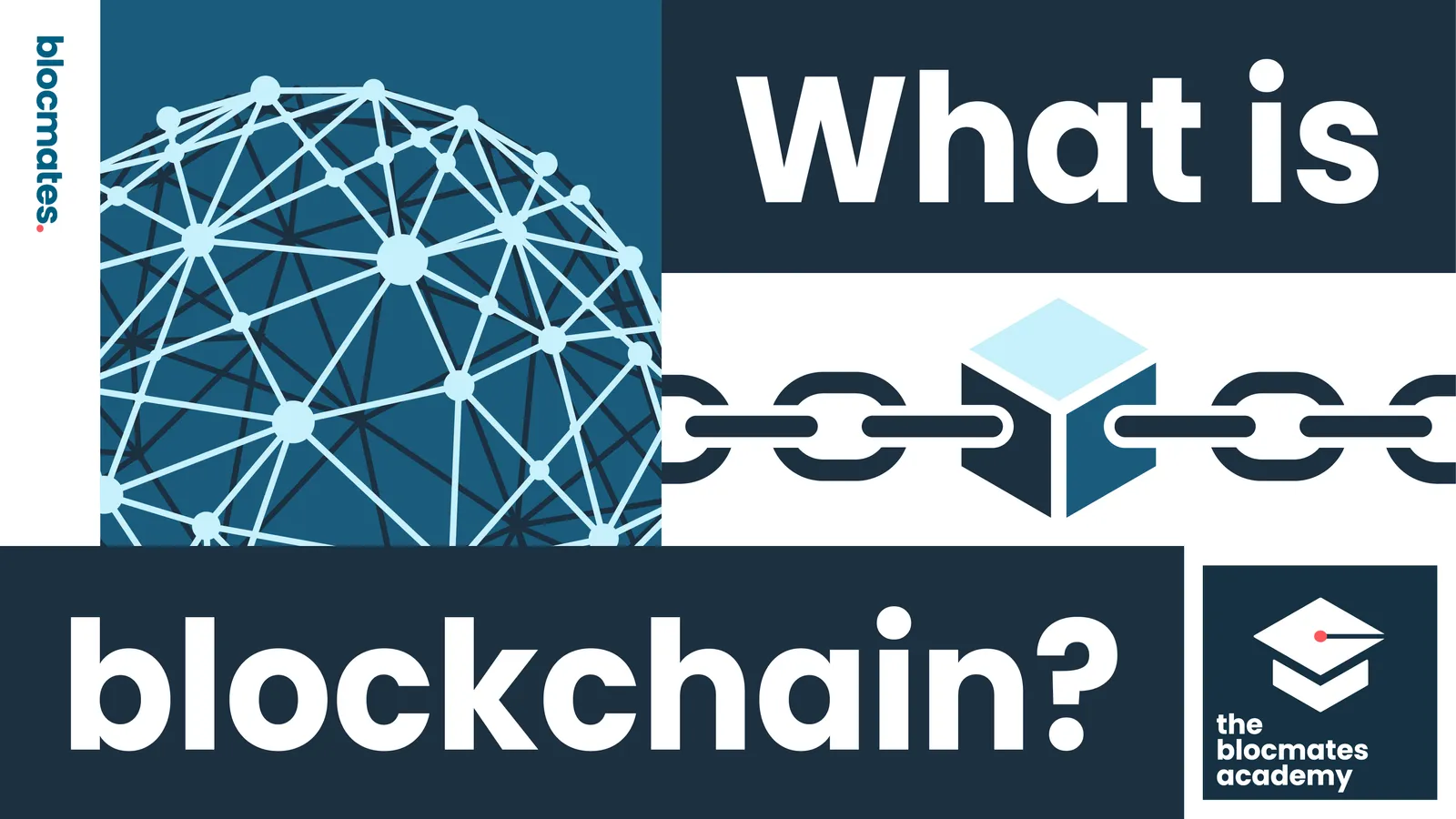



.webp)








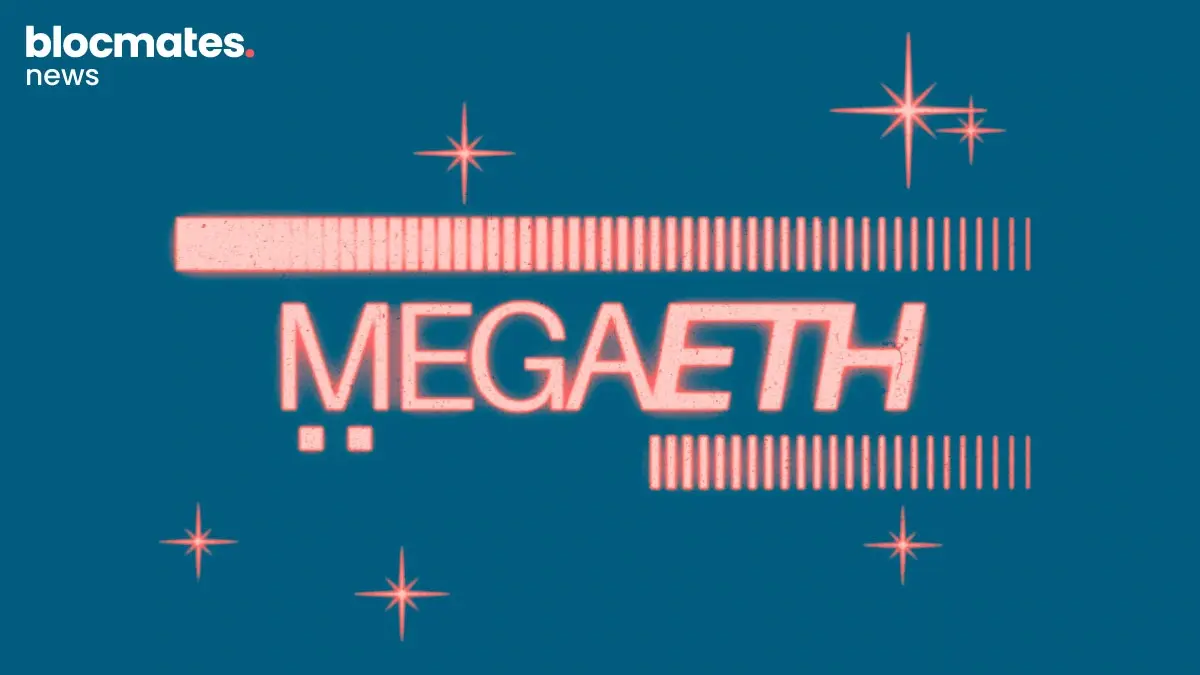






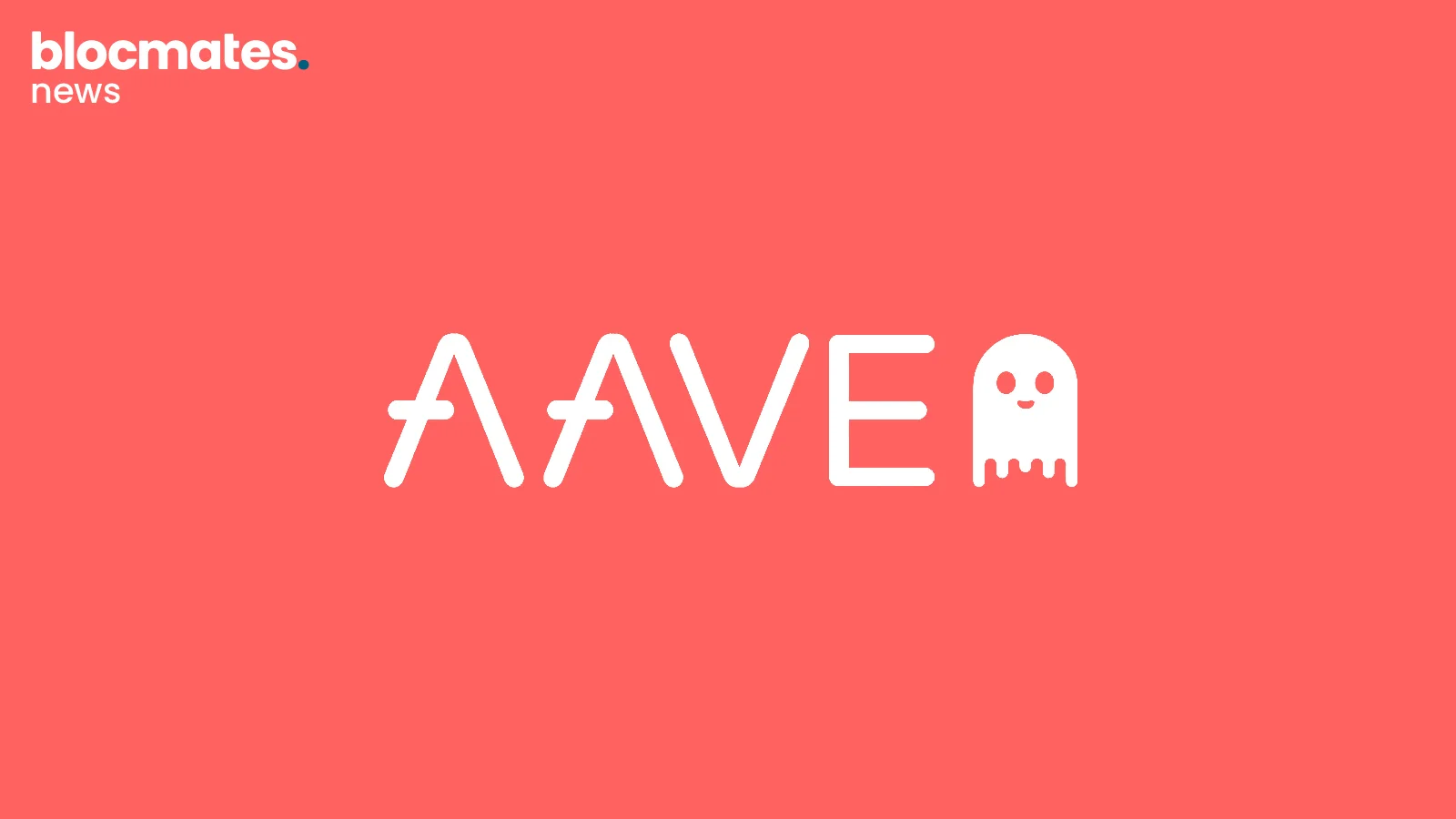
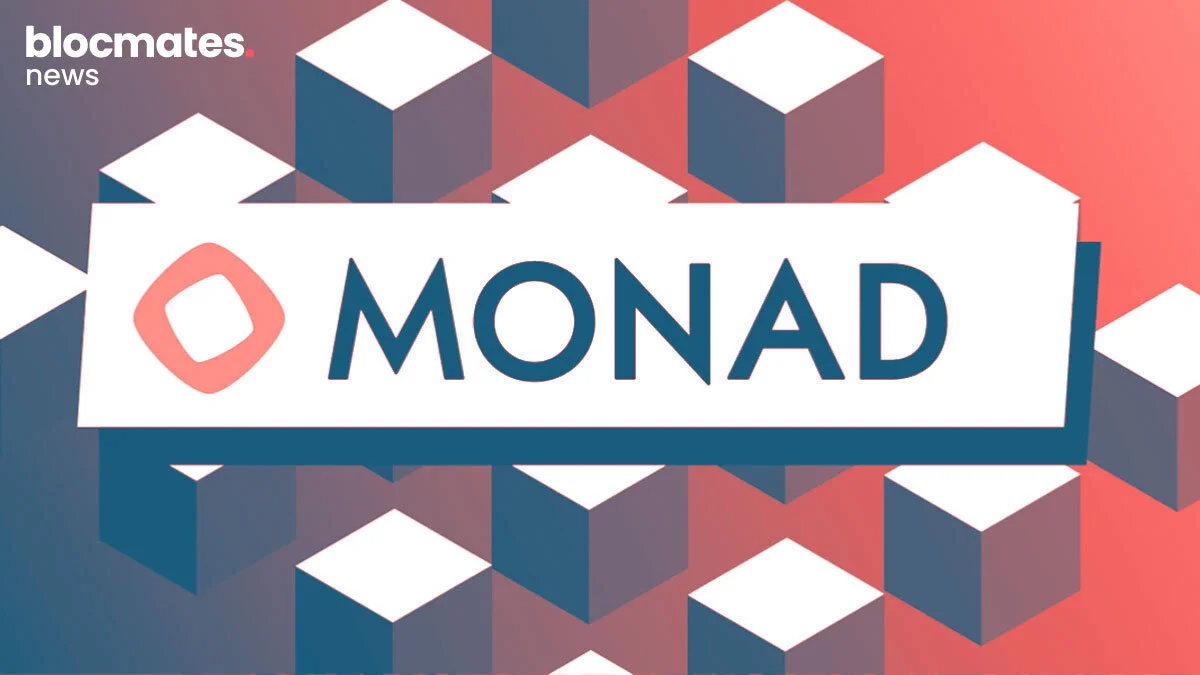


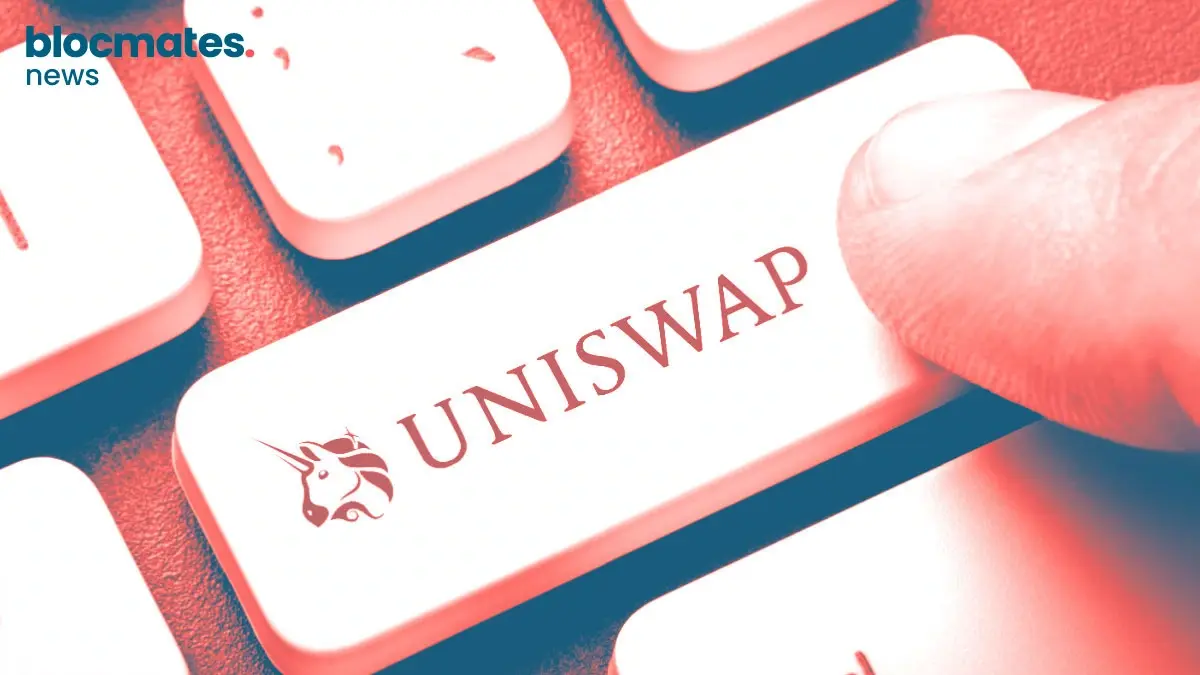
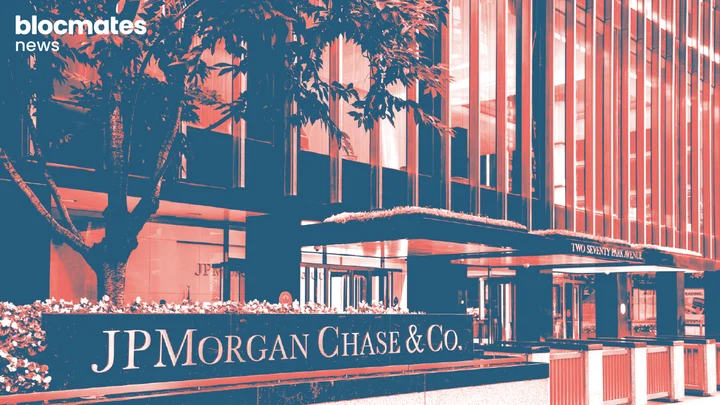




.webp)
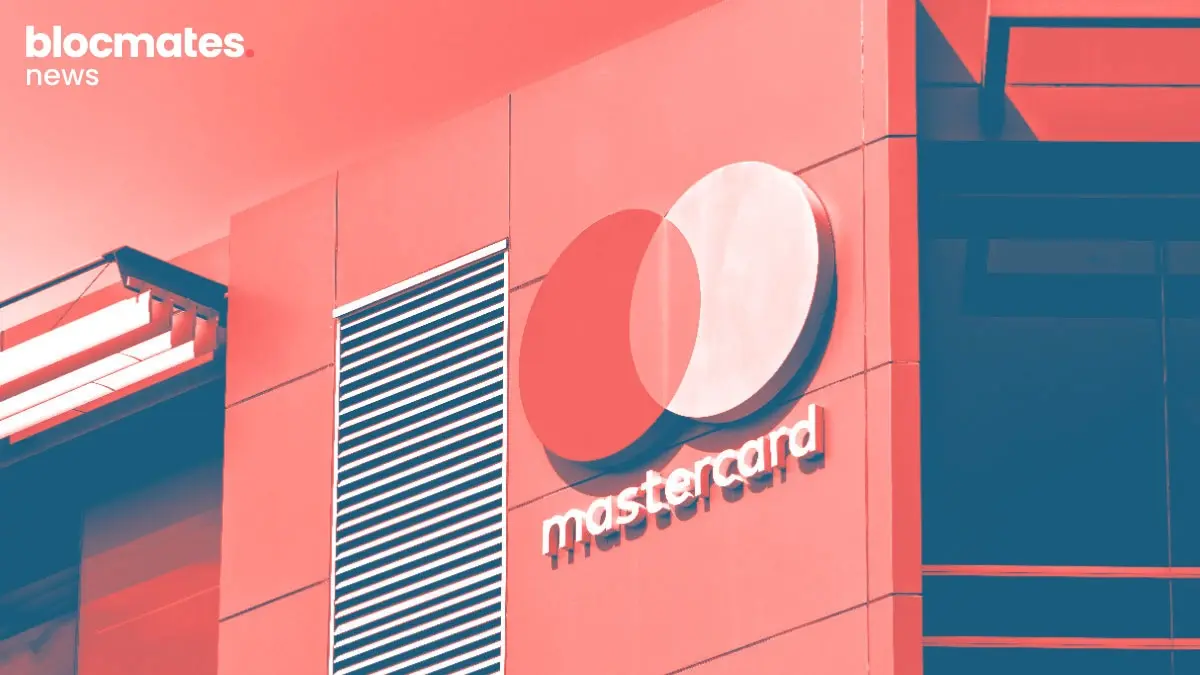




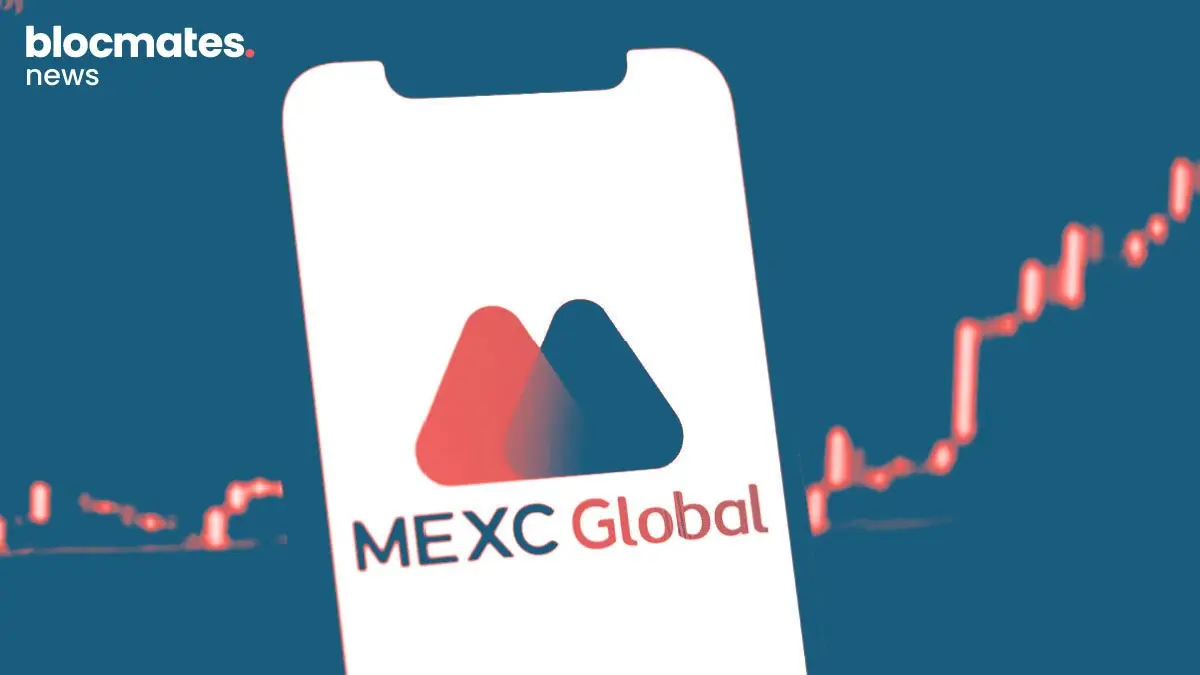

.webp)


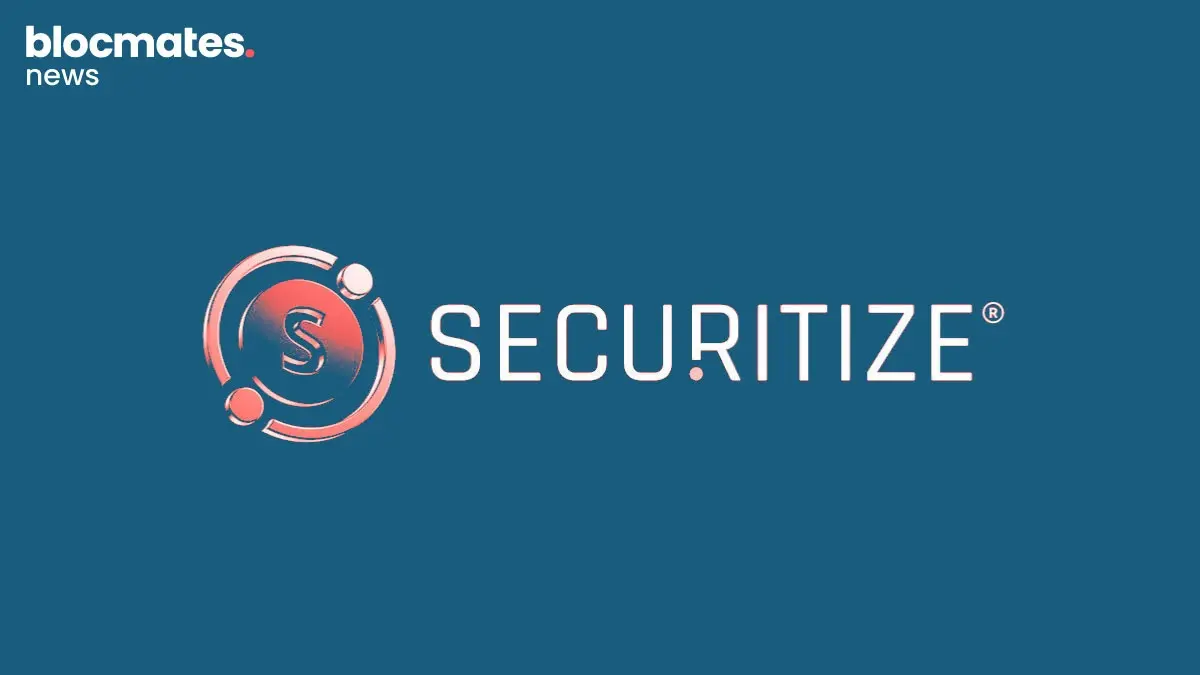
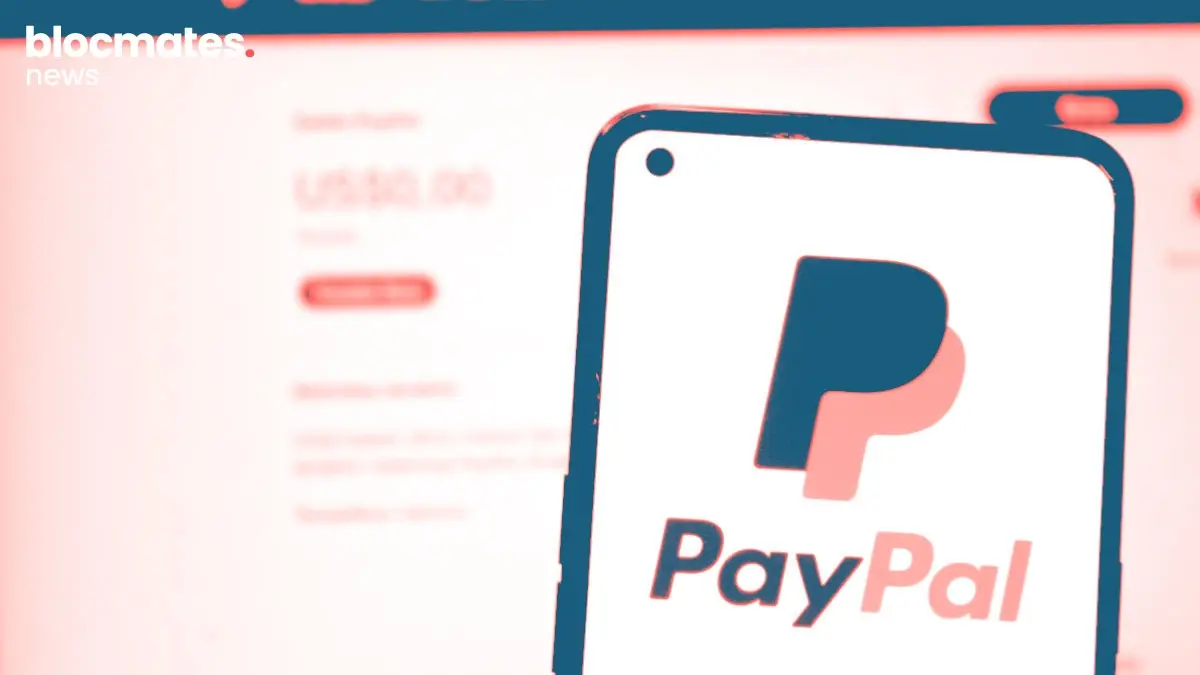
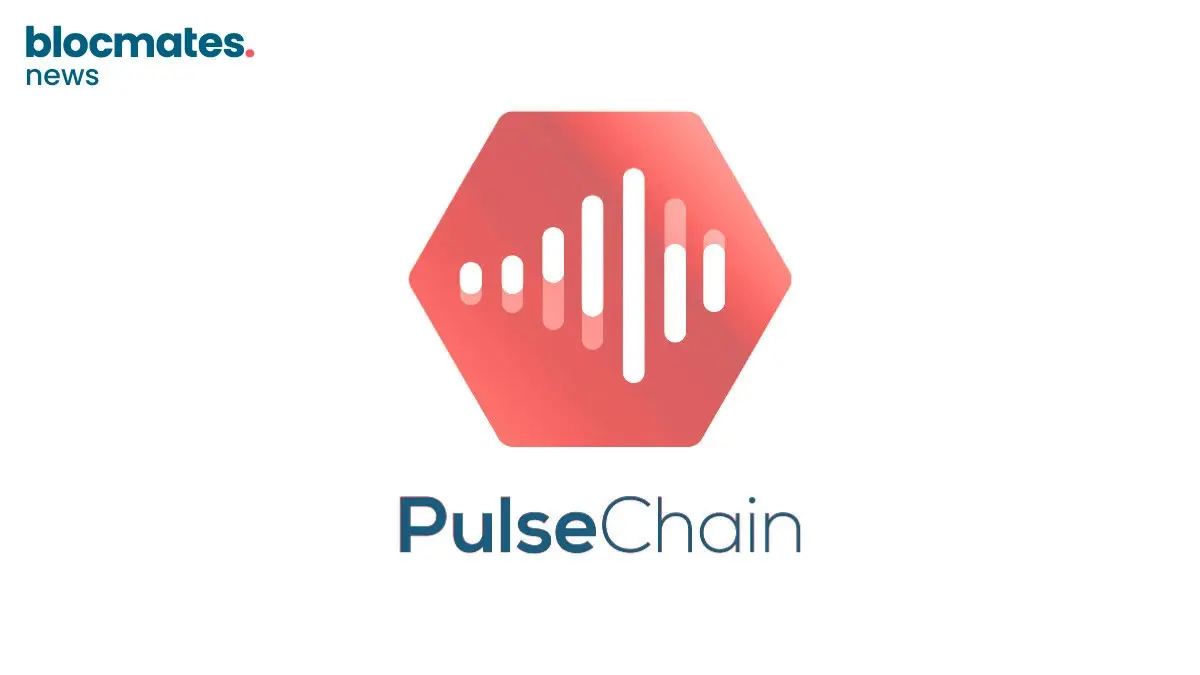
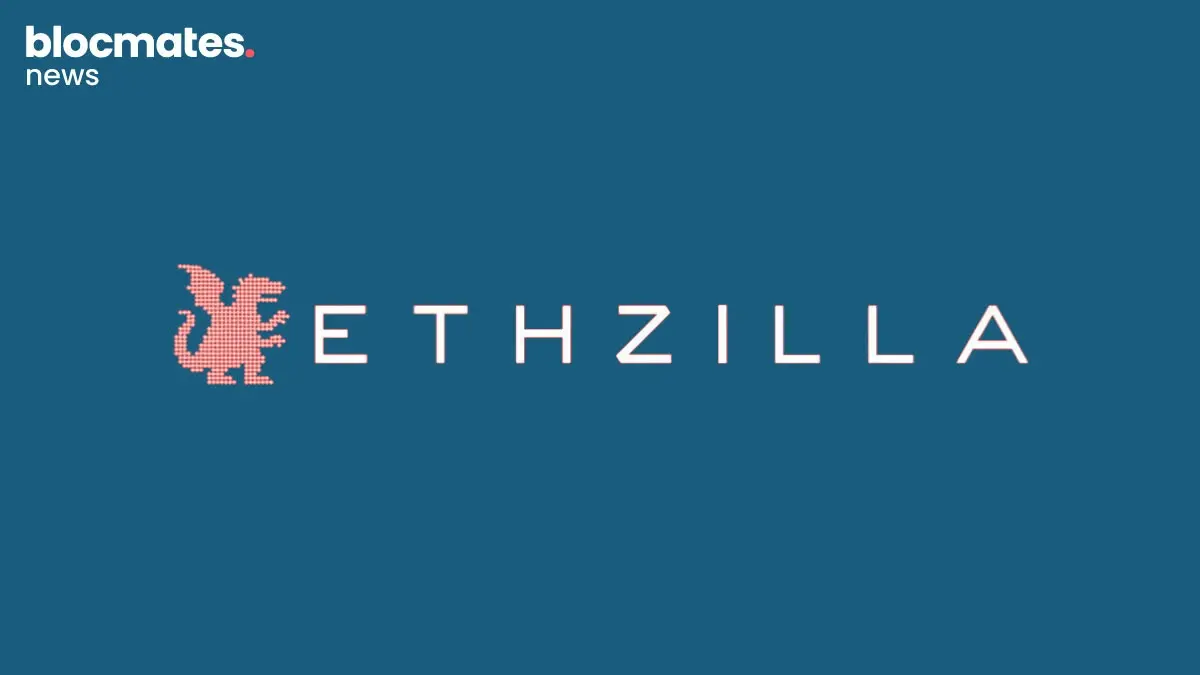
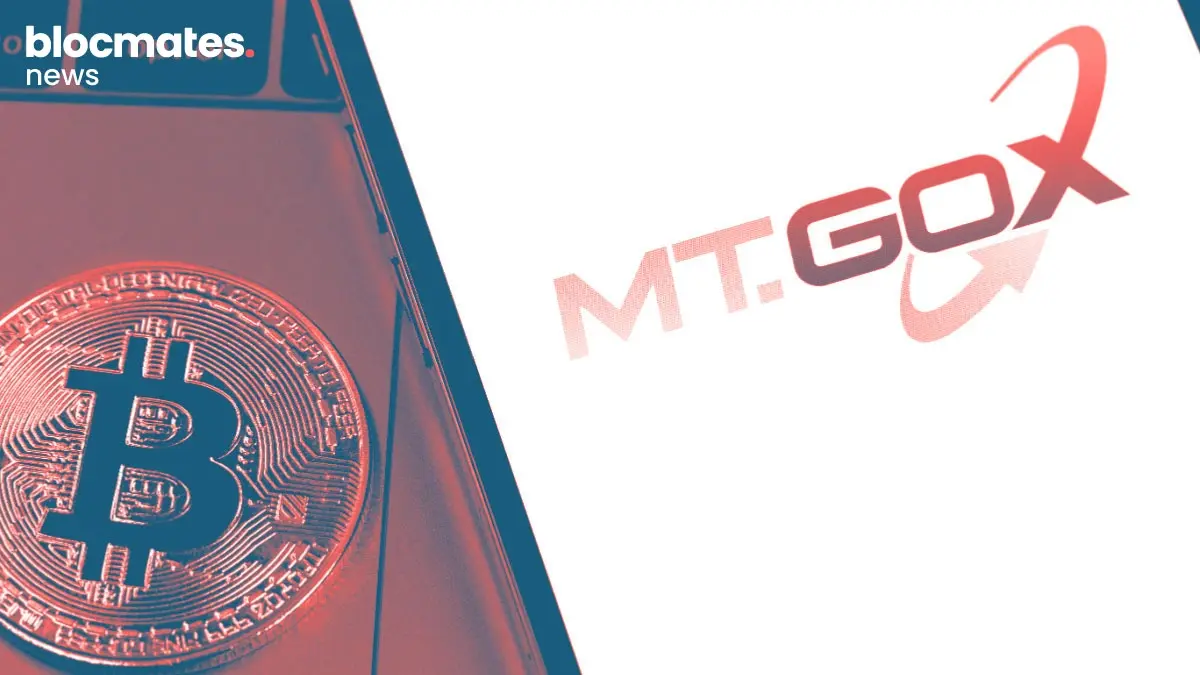
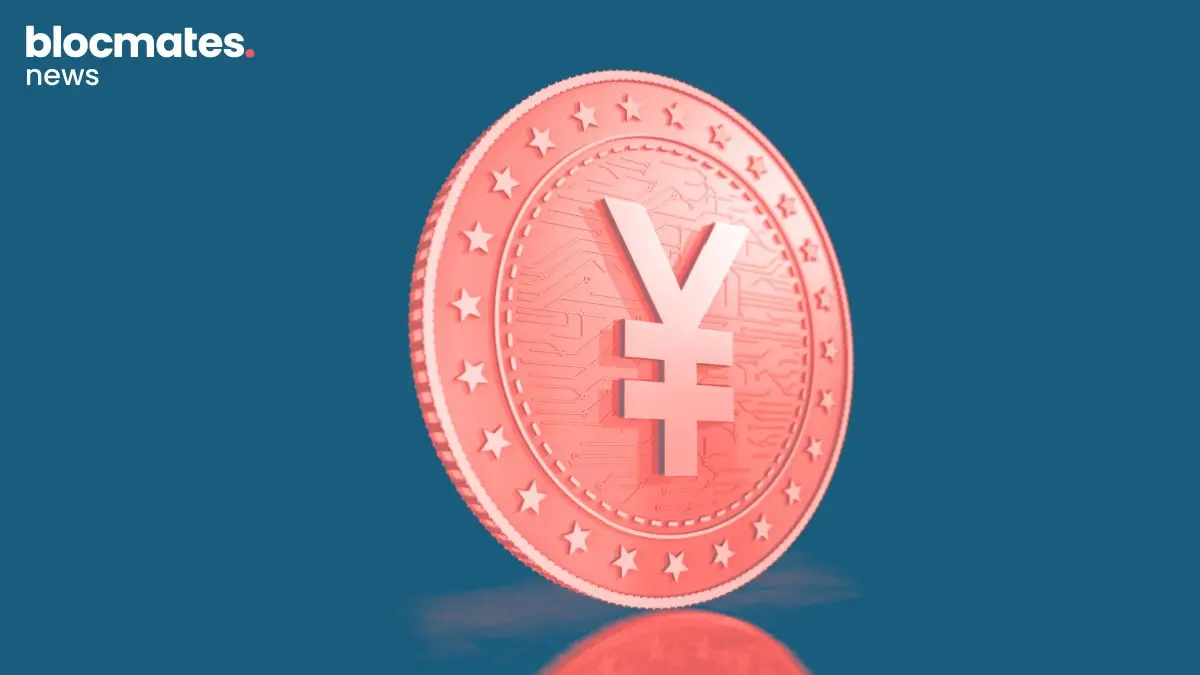
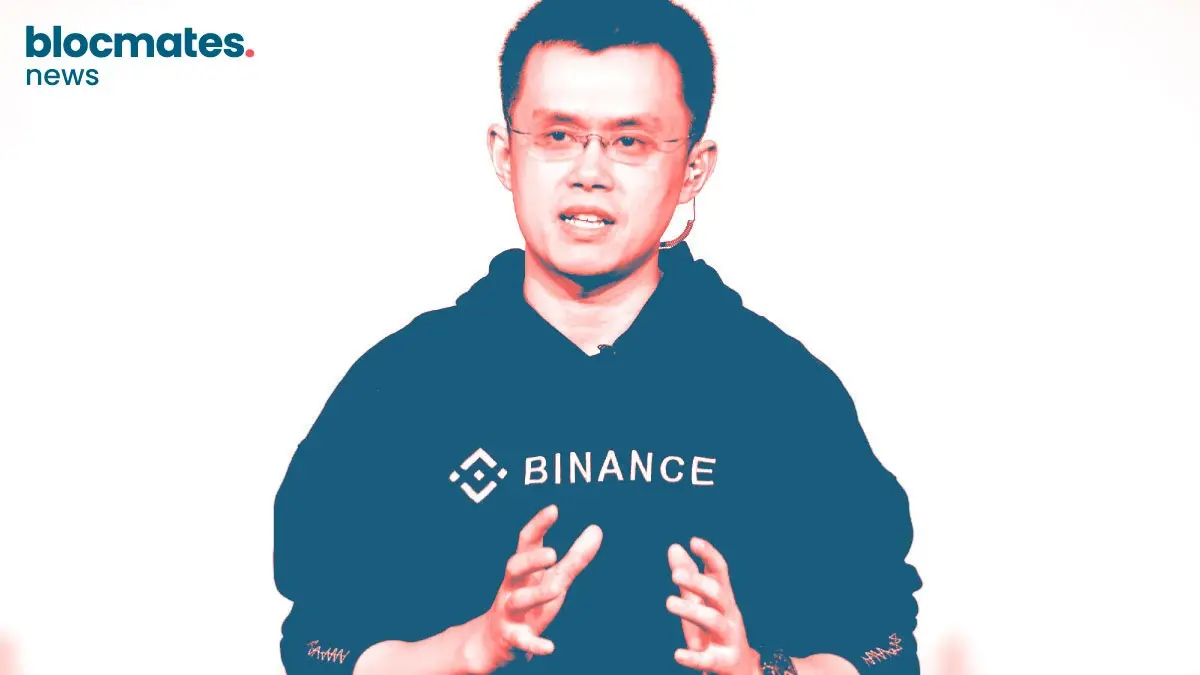


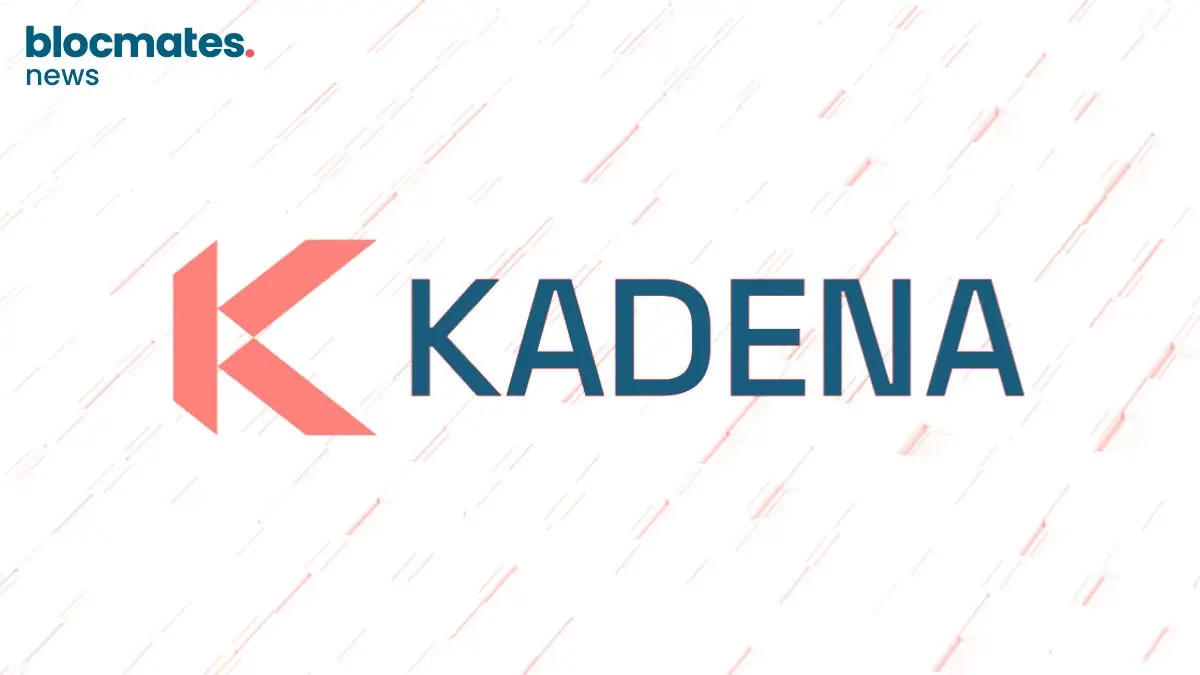

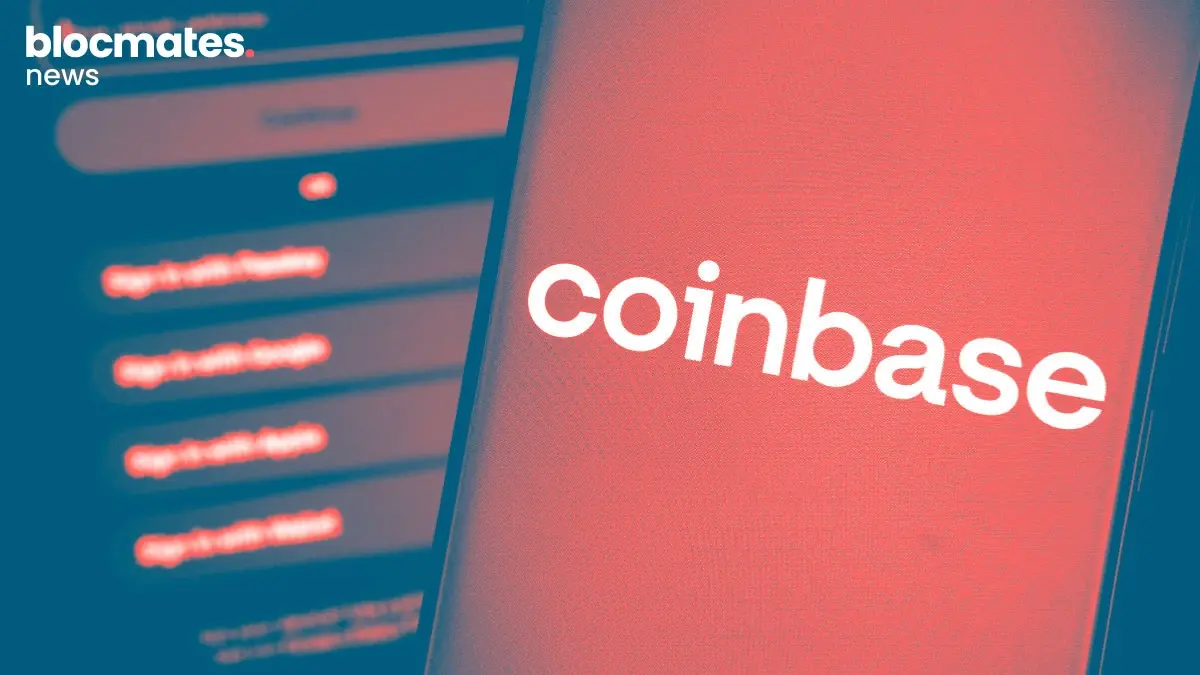
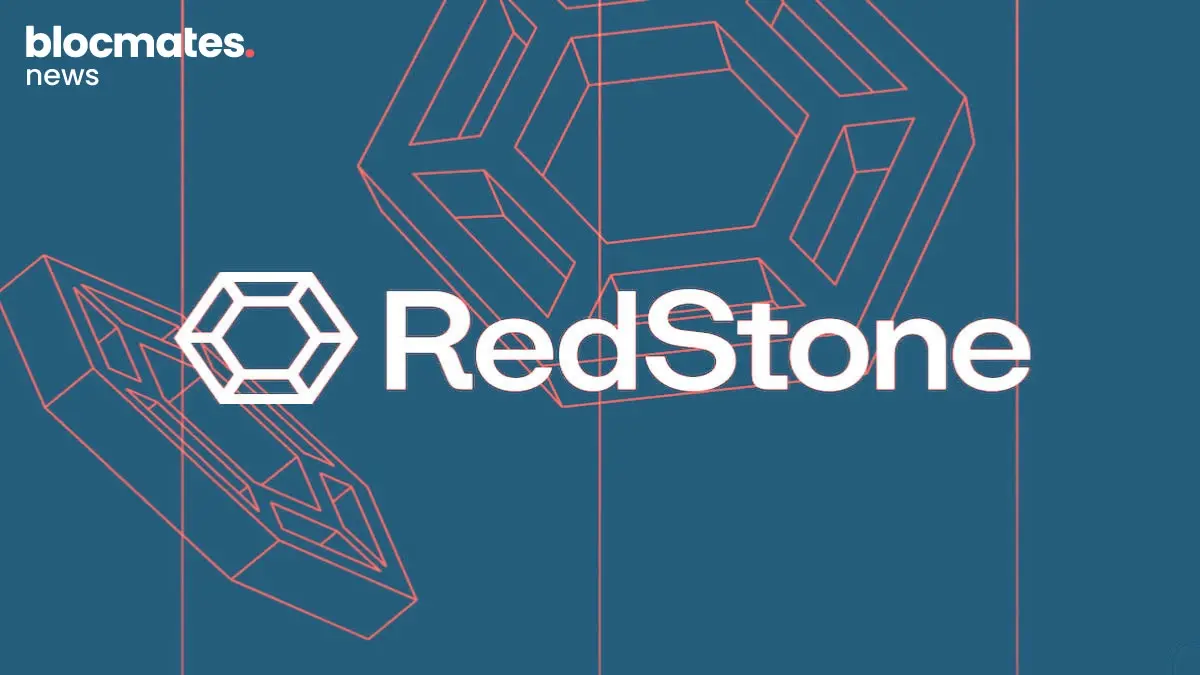
.webp)

.webp)
.webp)

.webp)


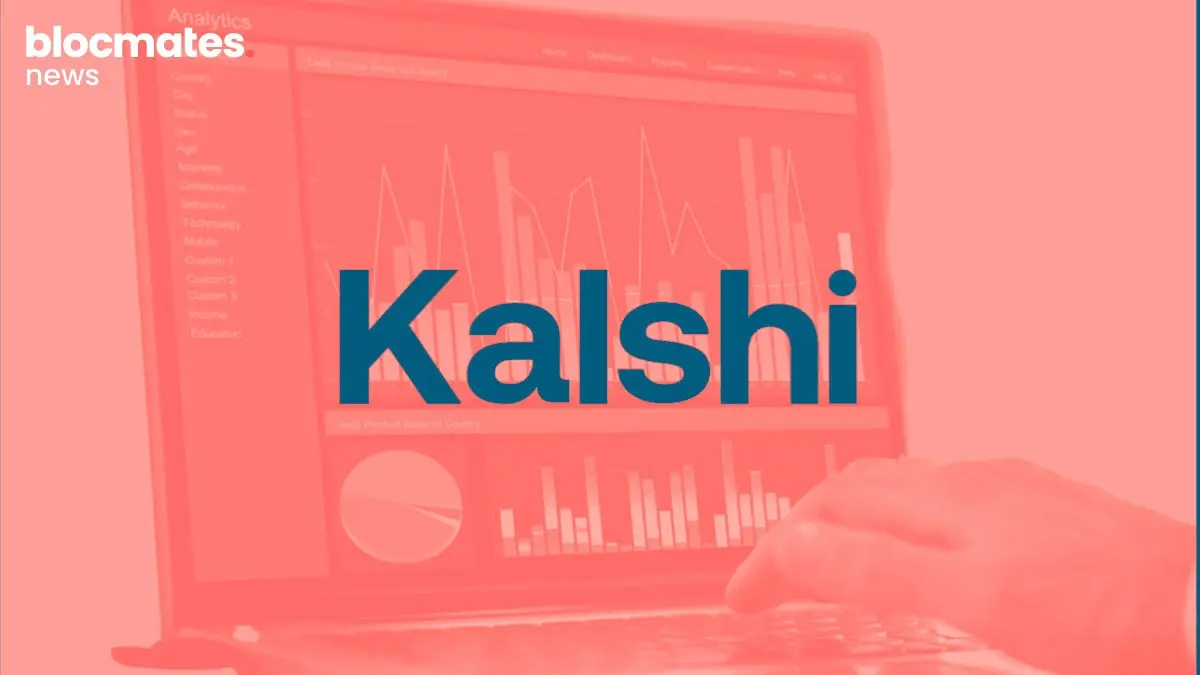


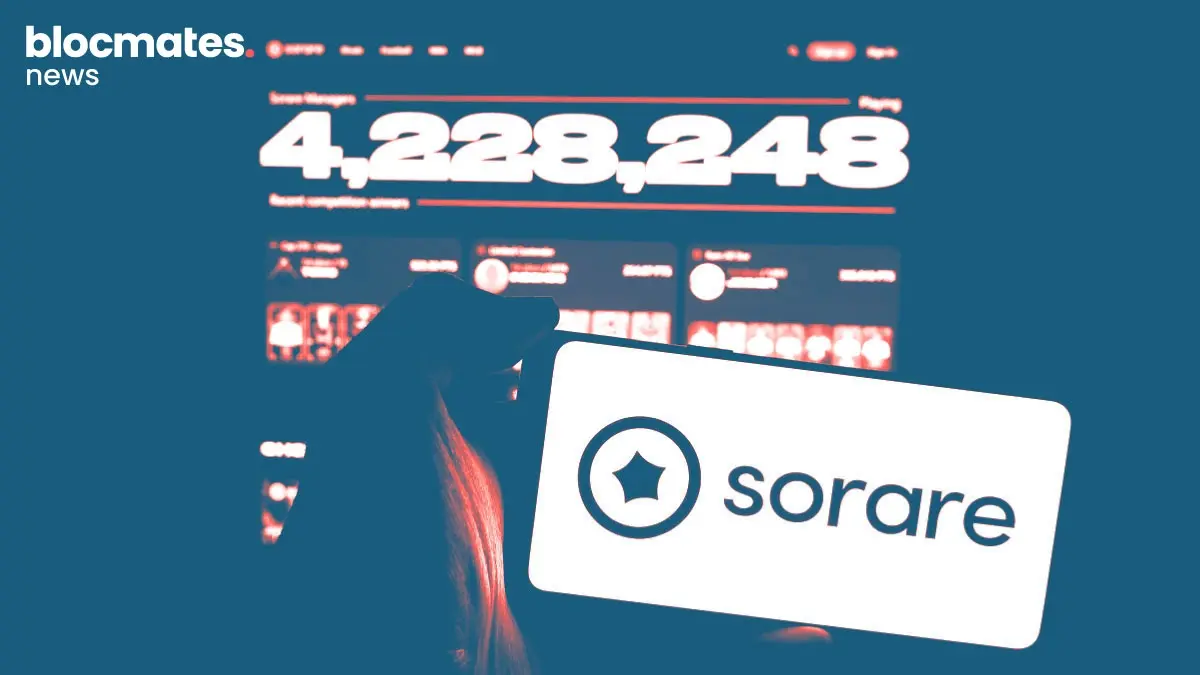

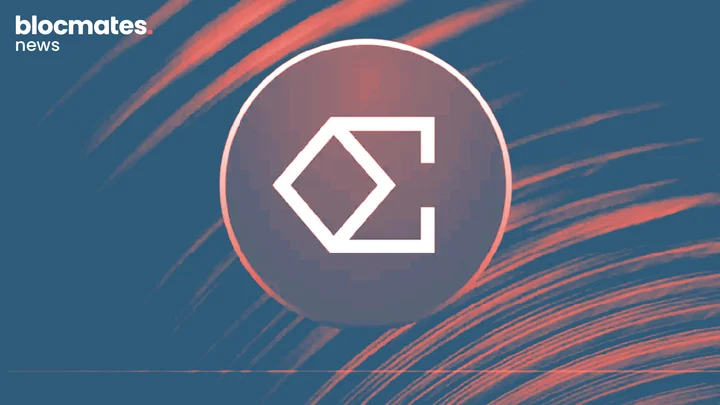
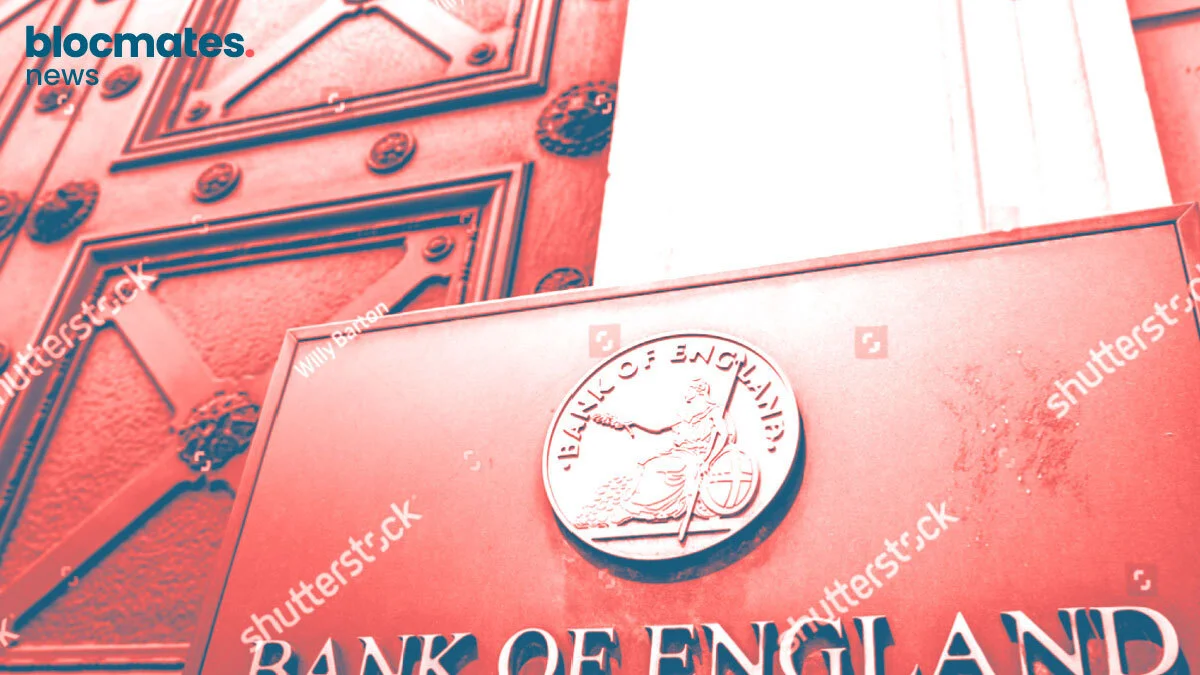
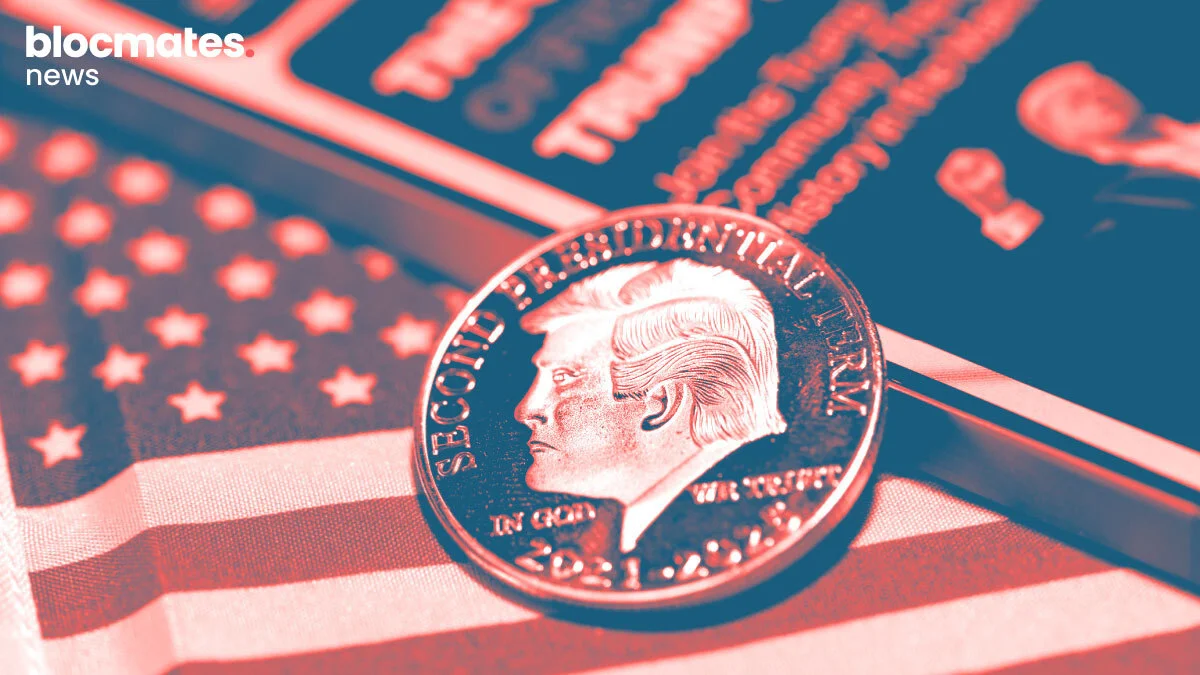
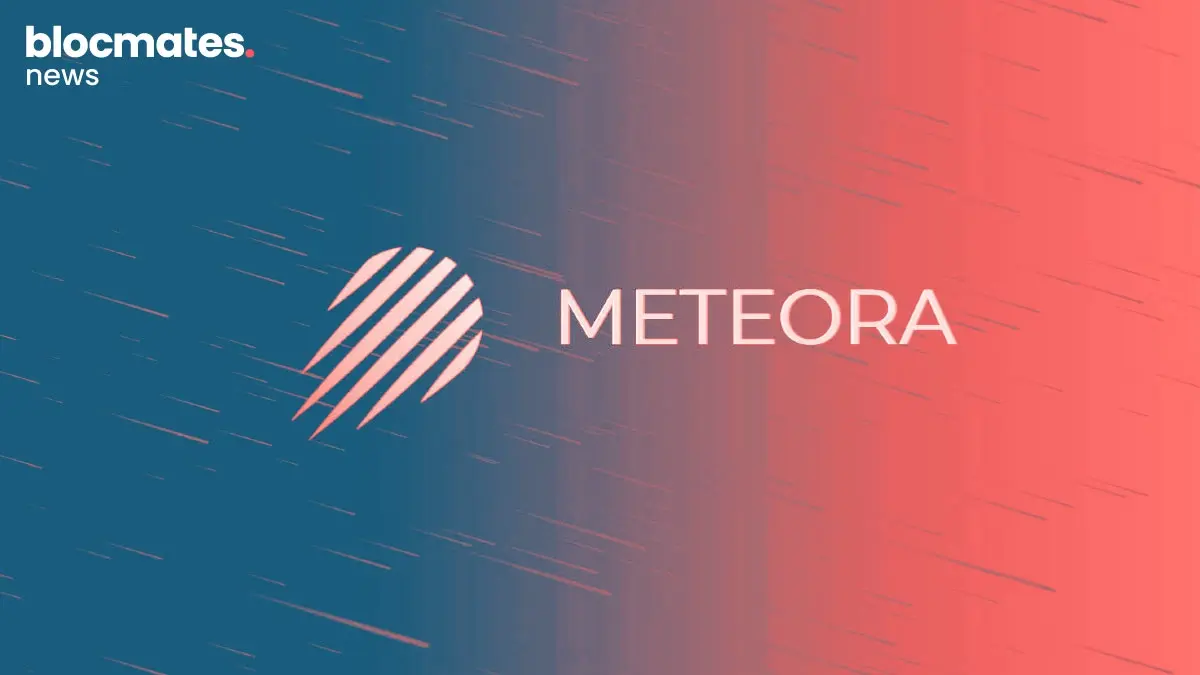
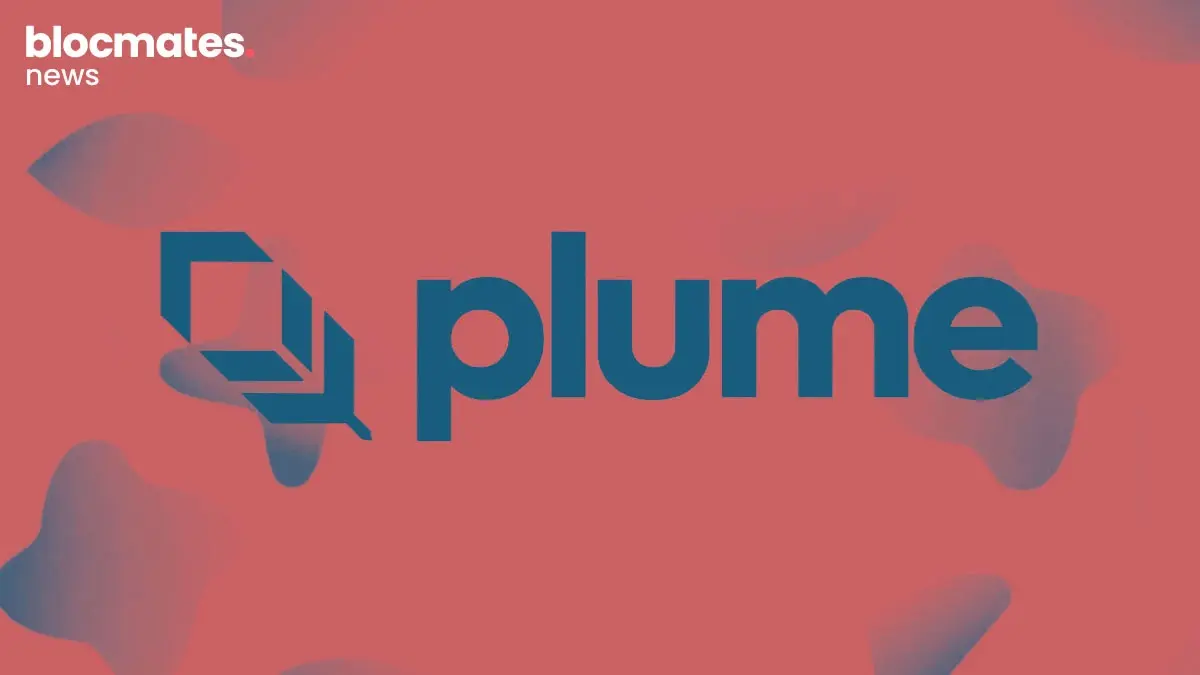

.webp)

.webp)

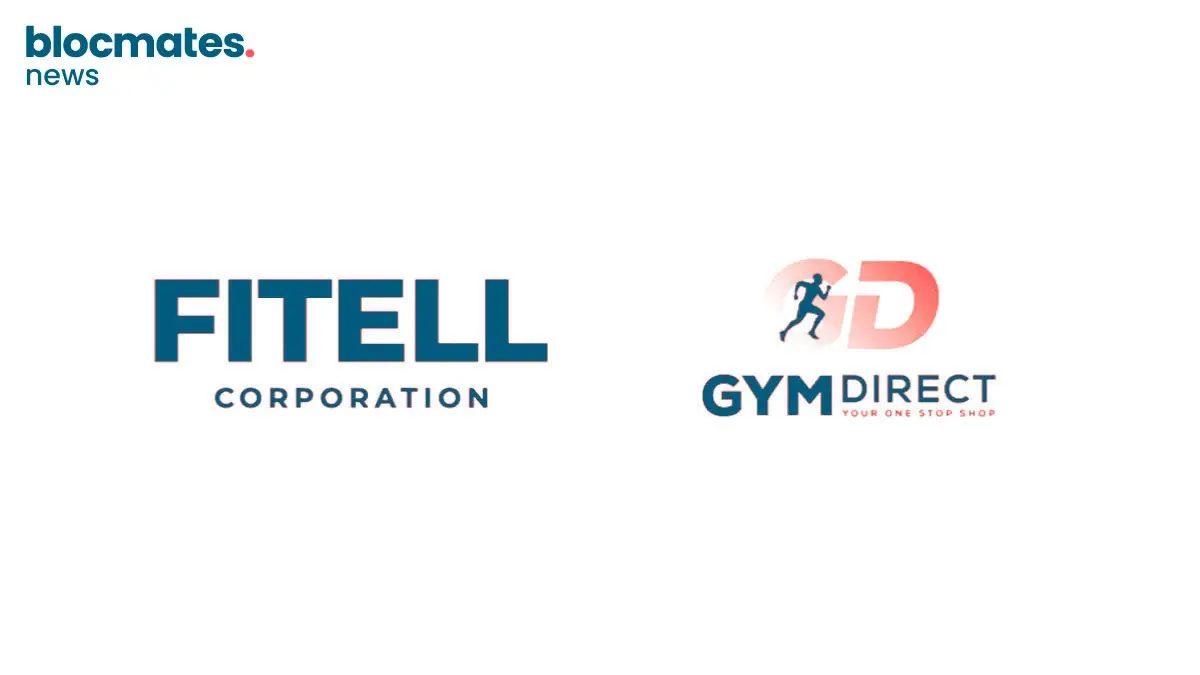
.webp)
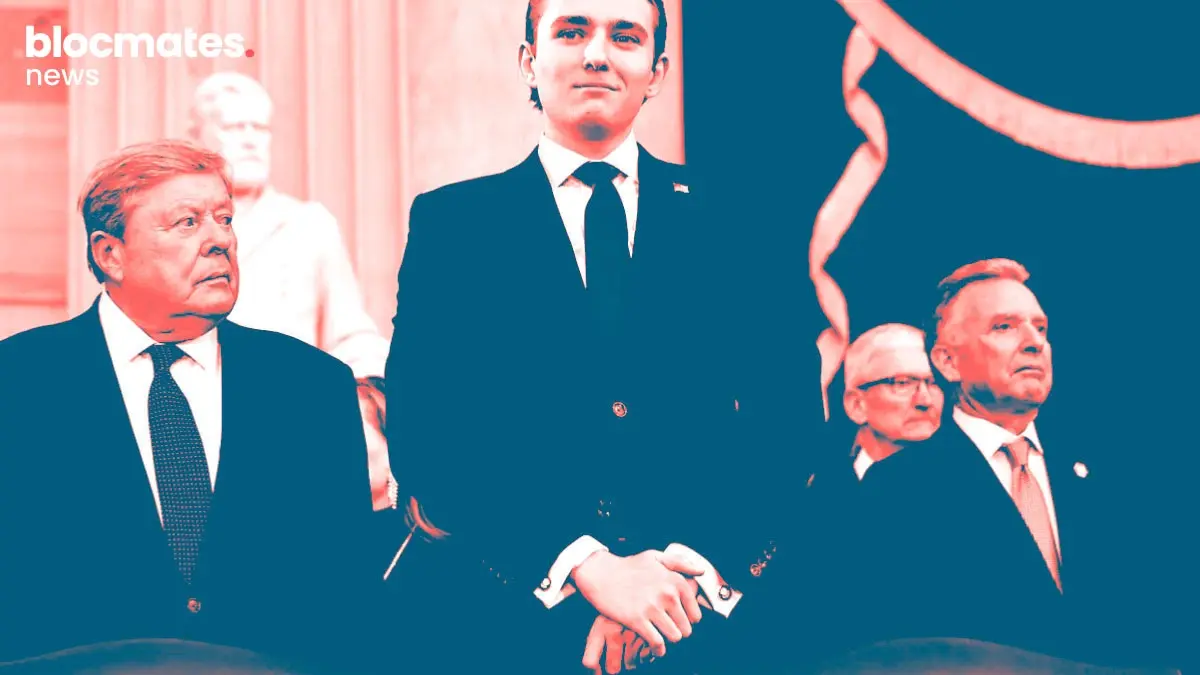
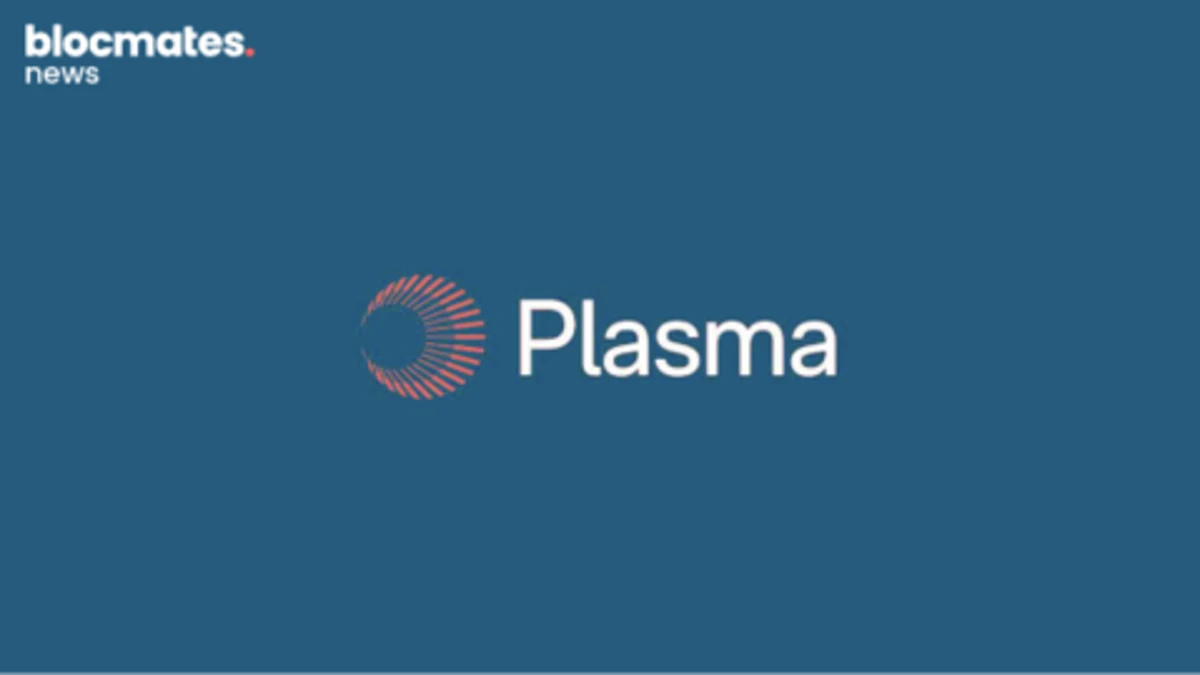

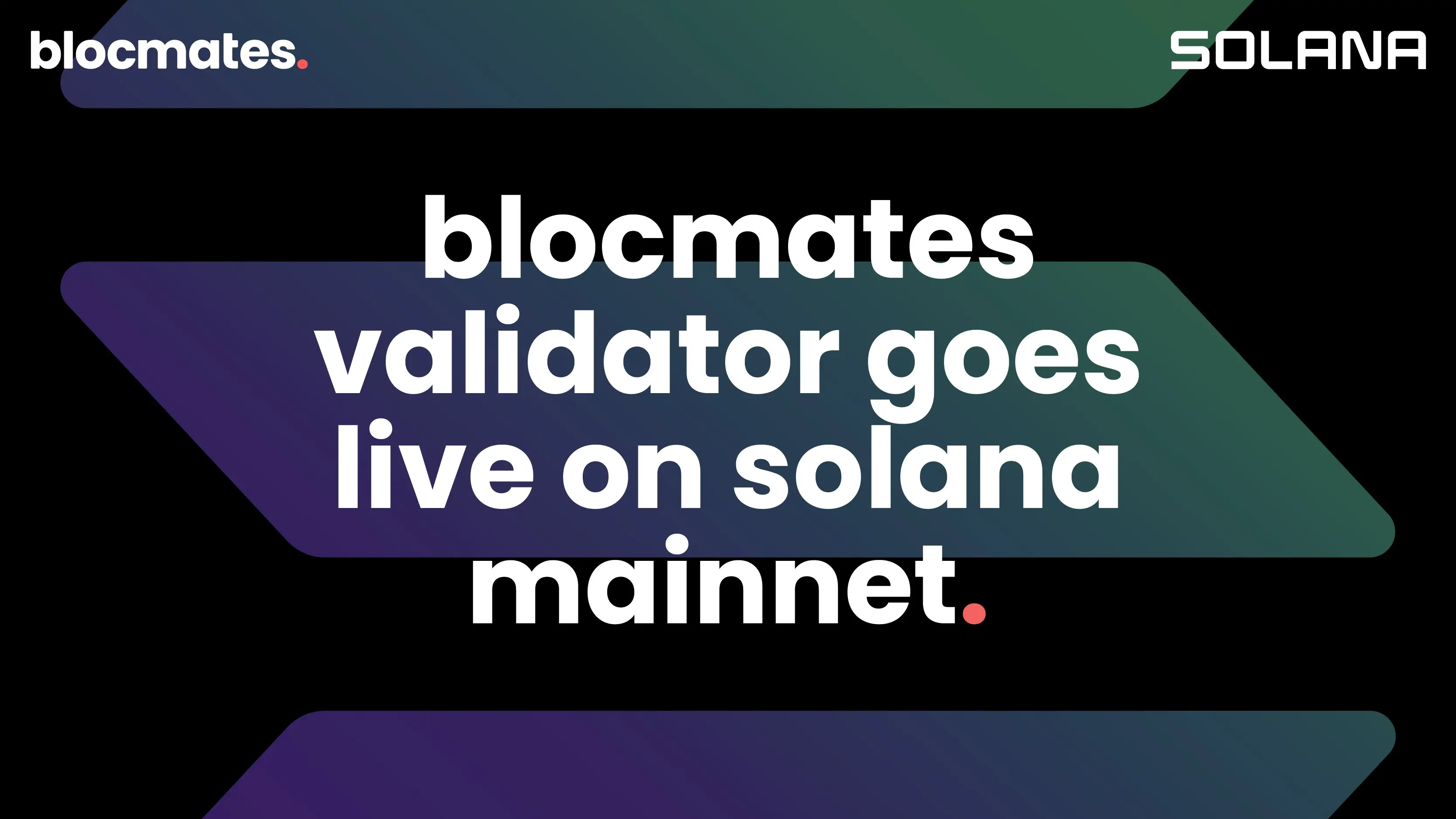
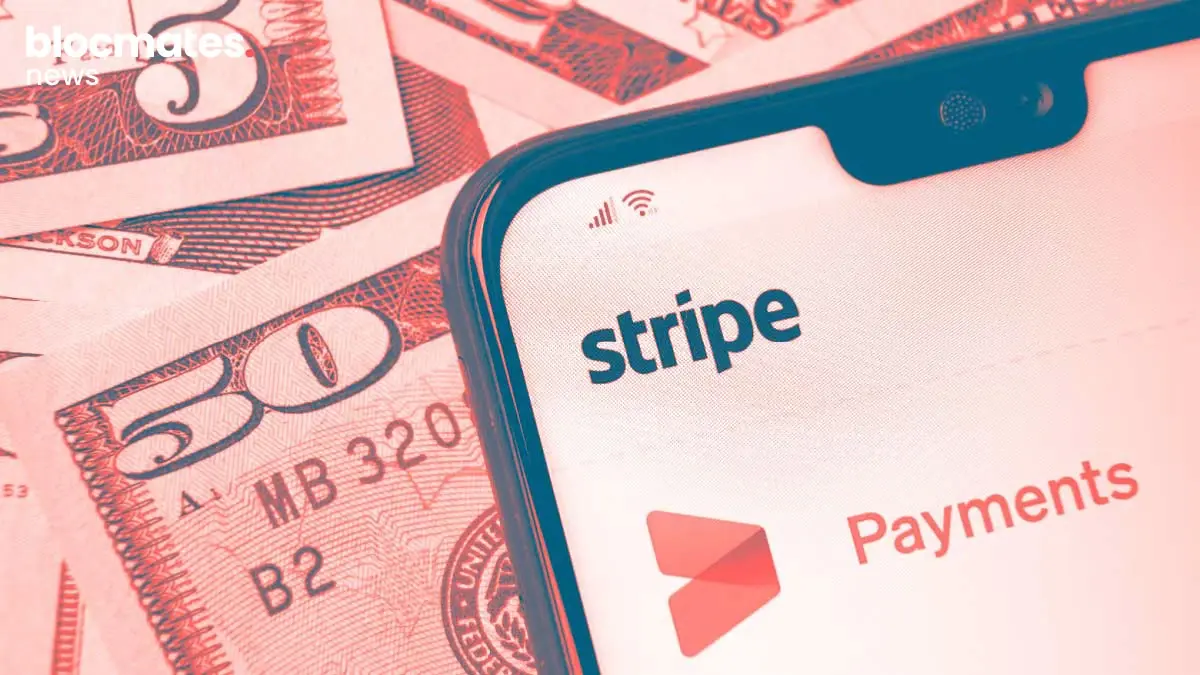
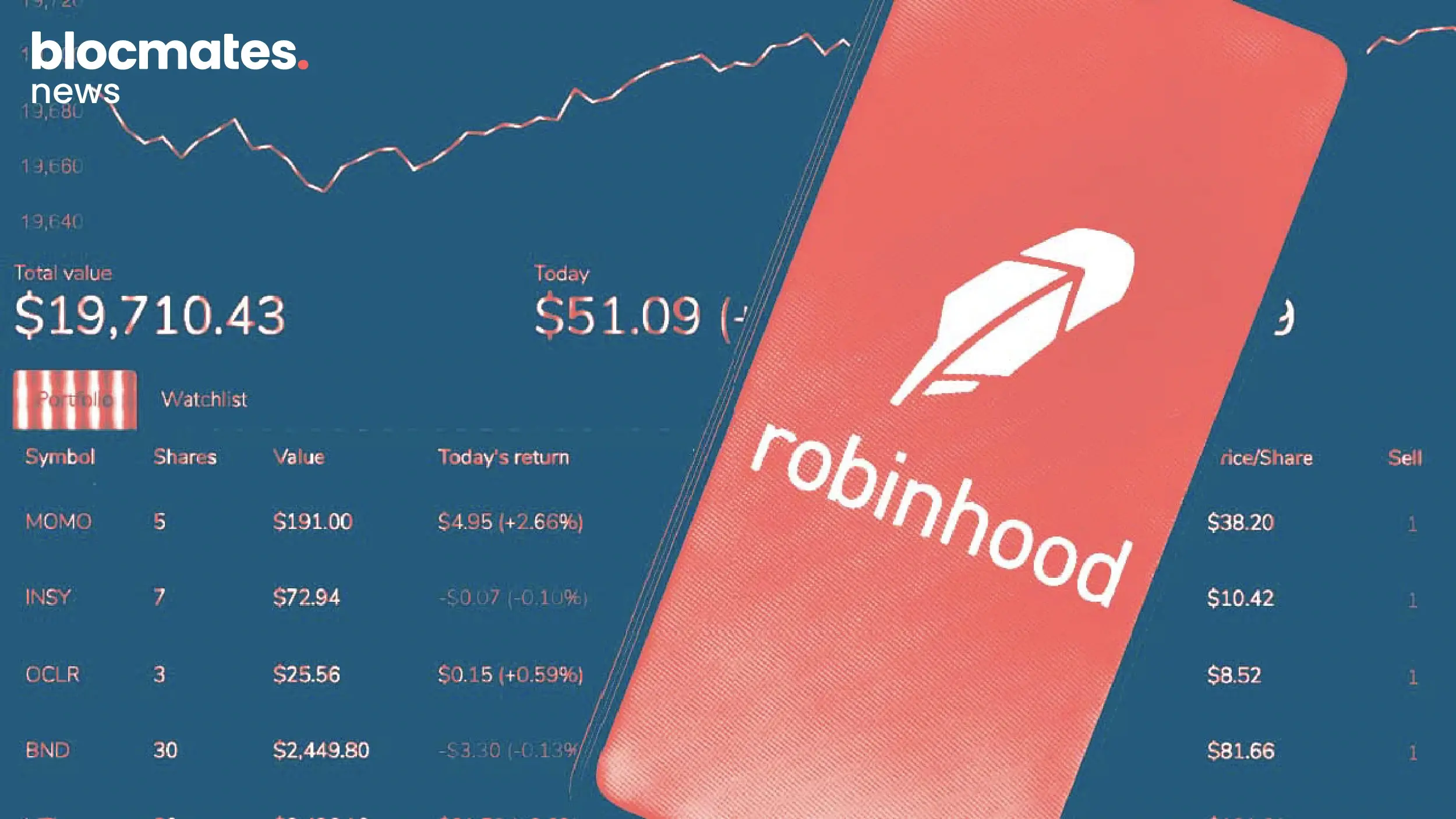


.webp)
